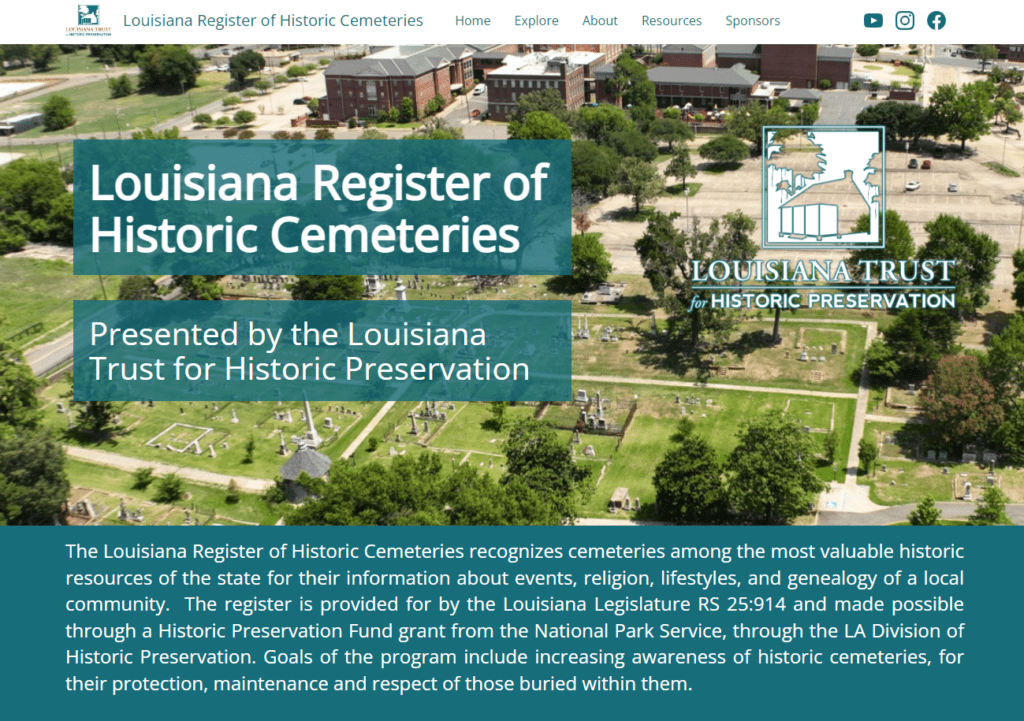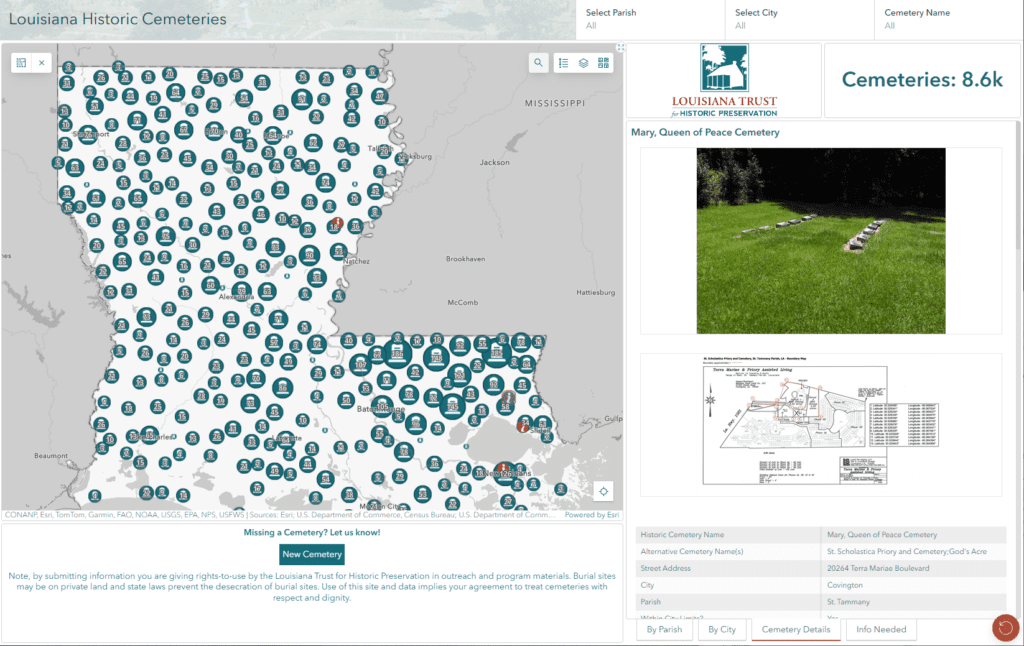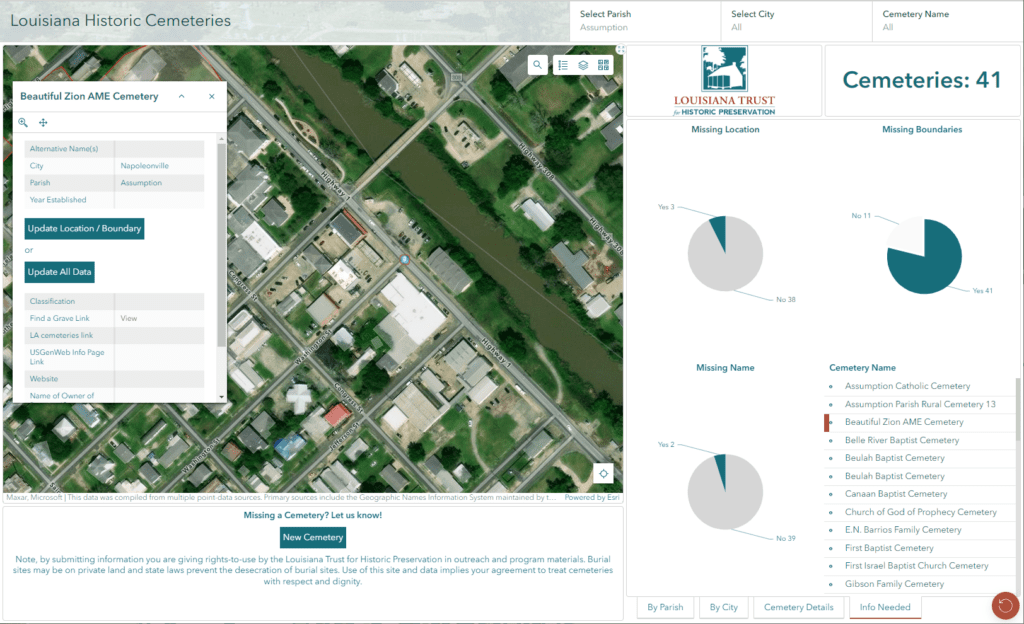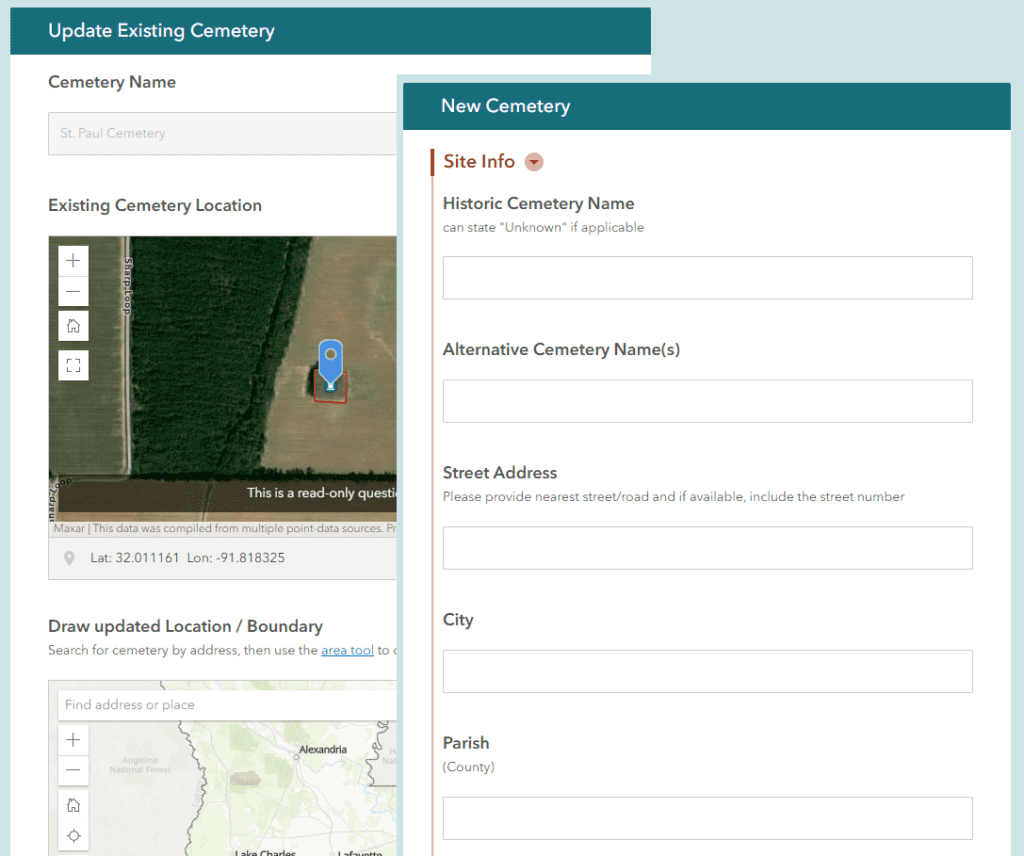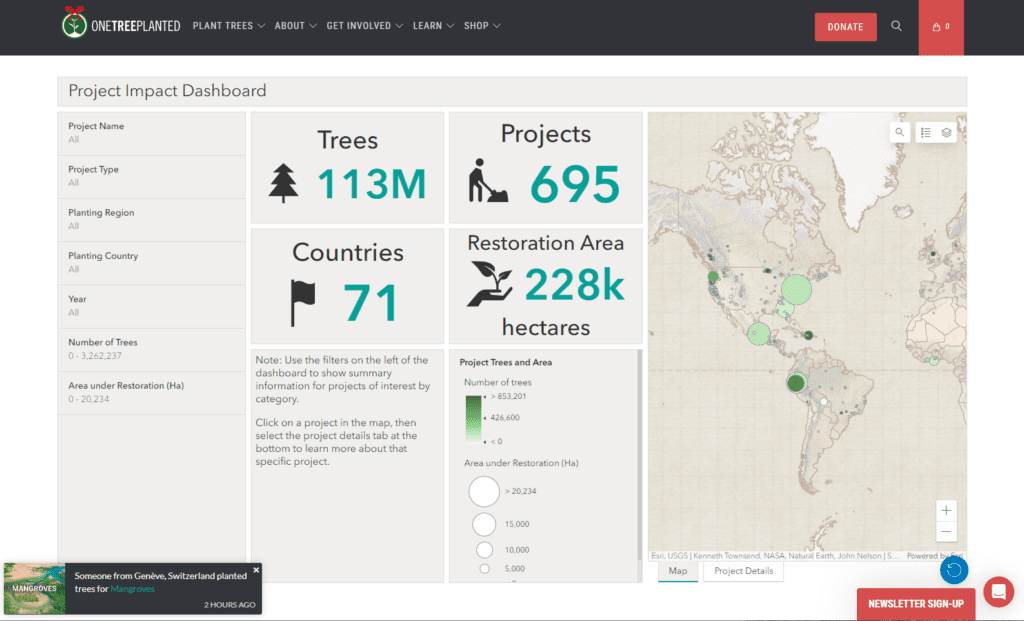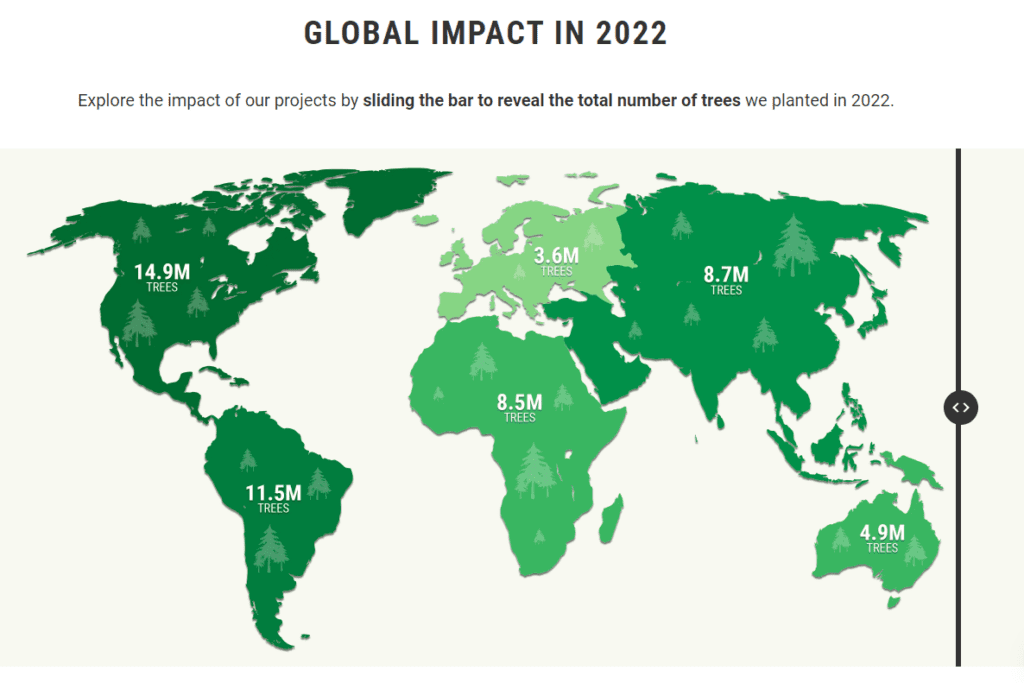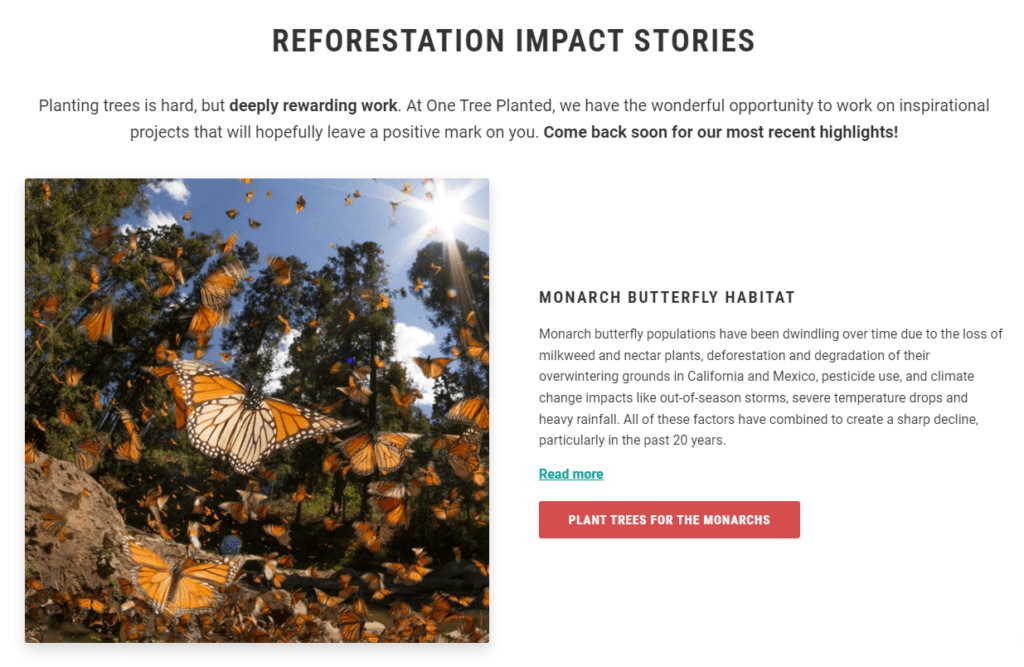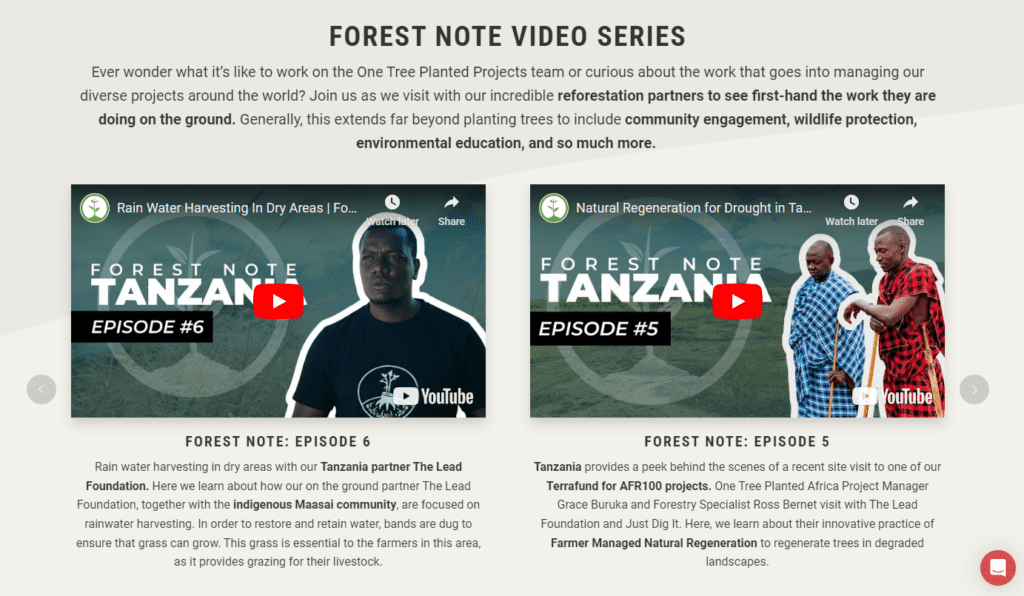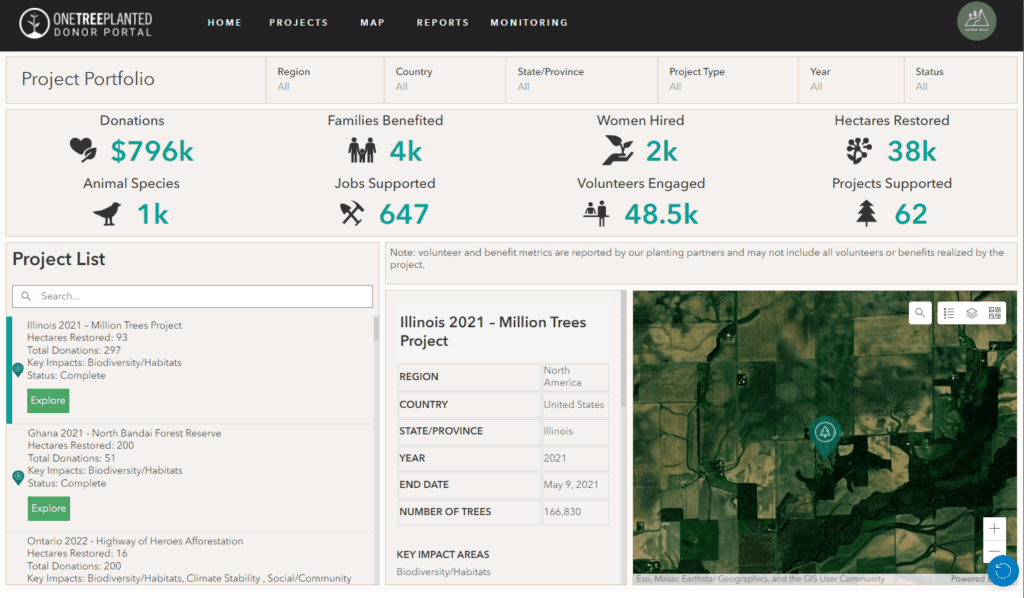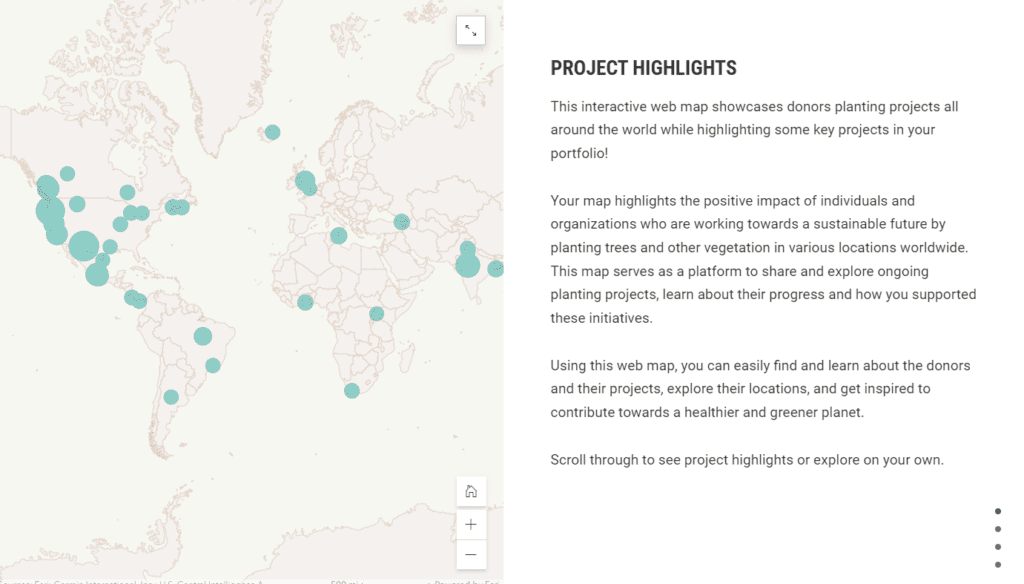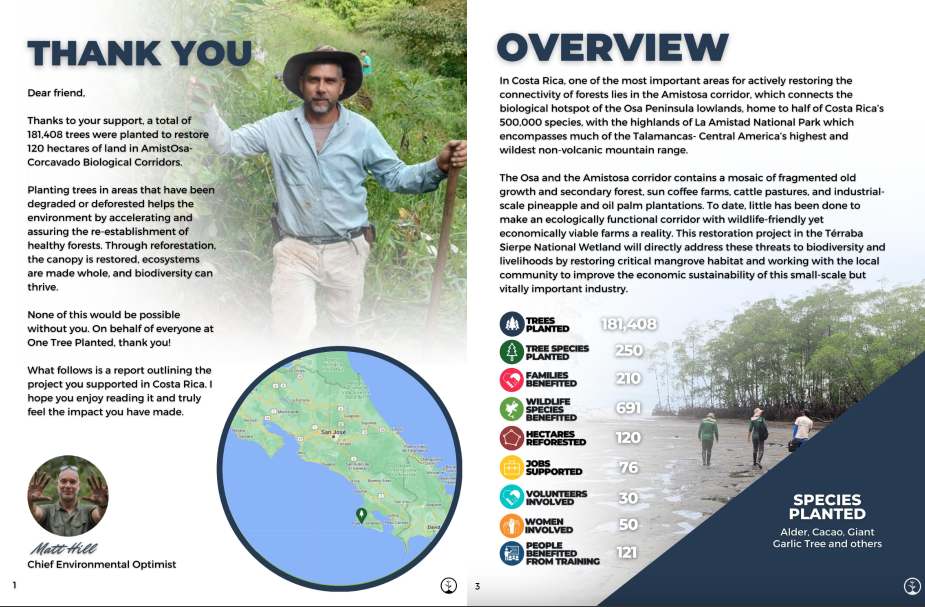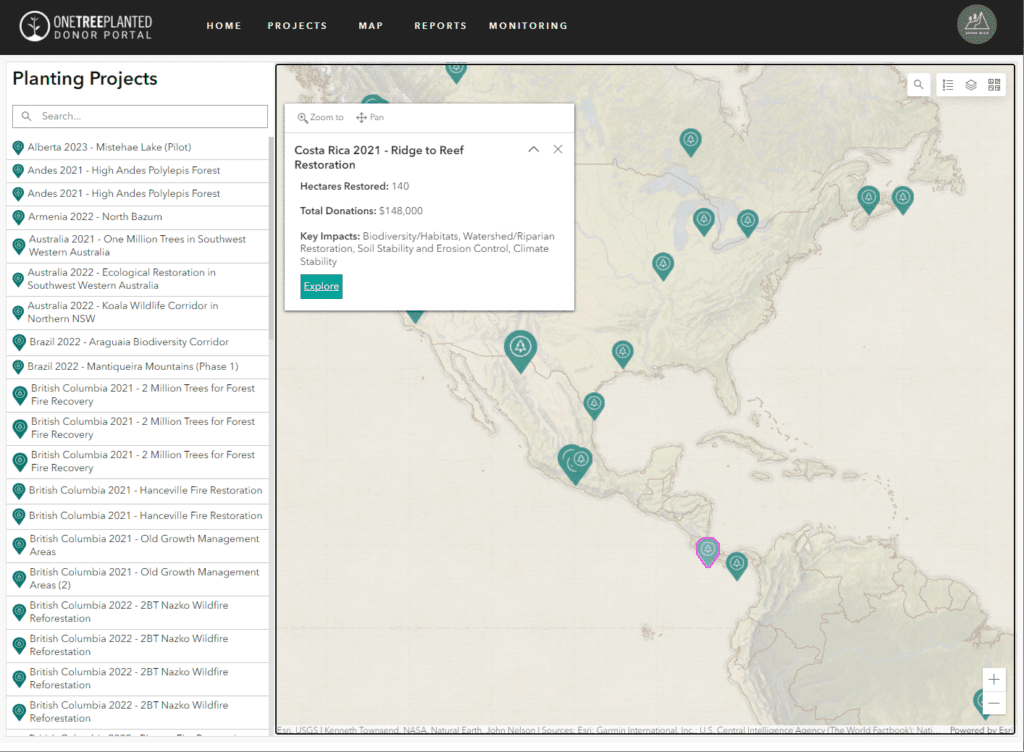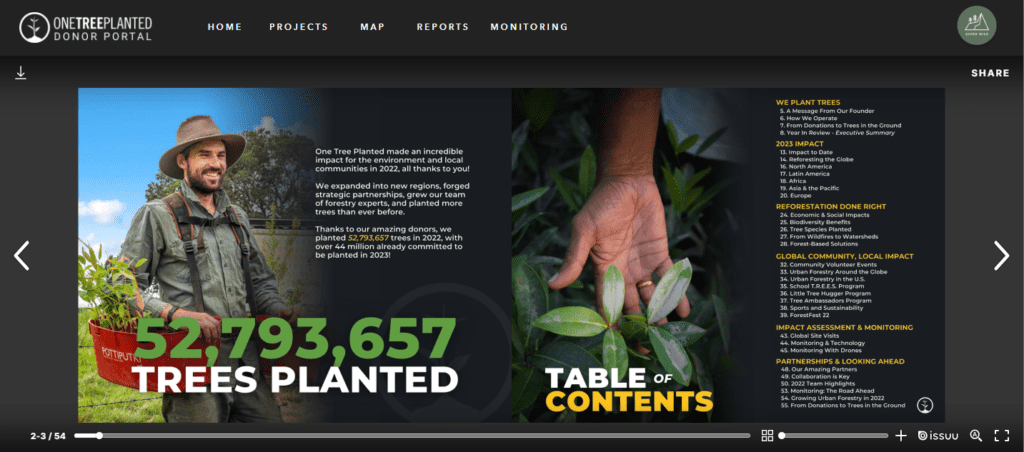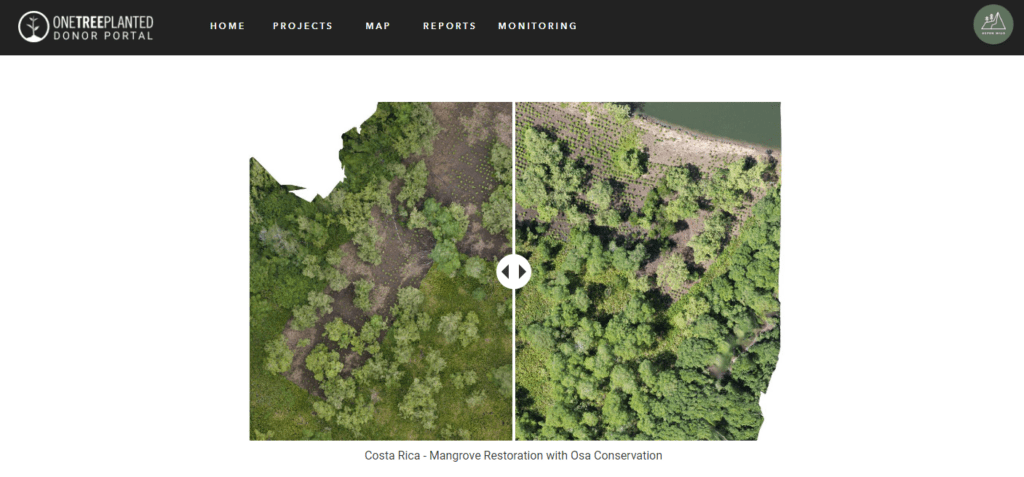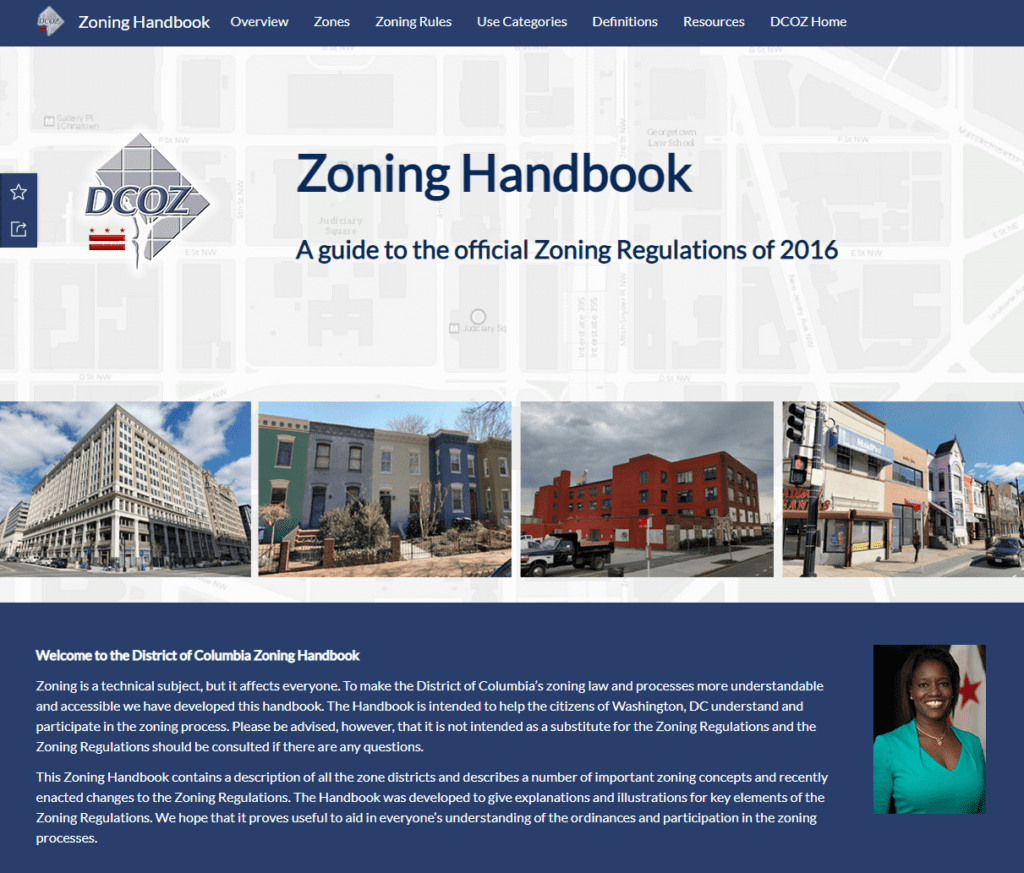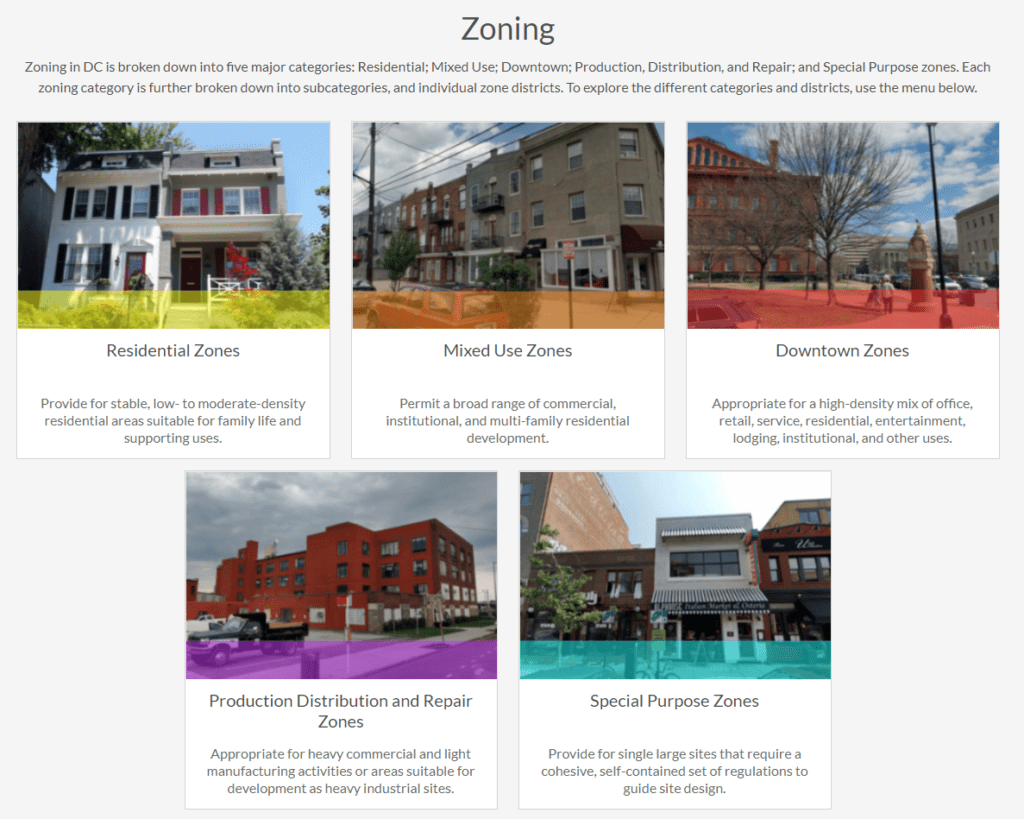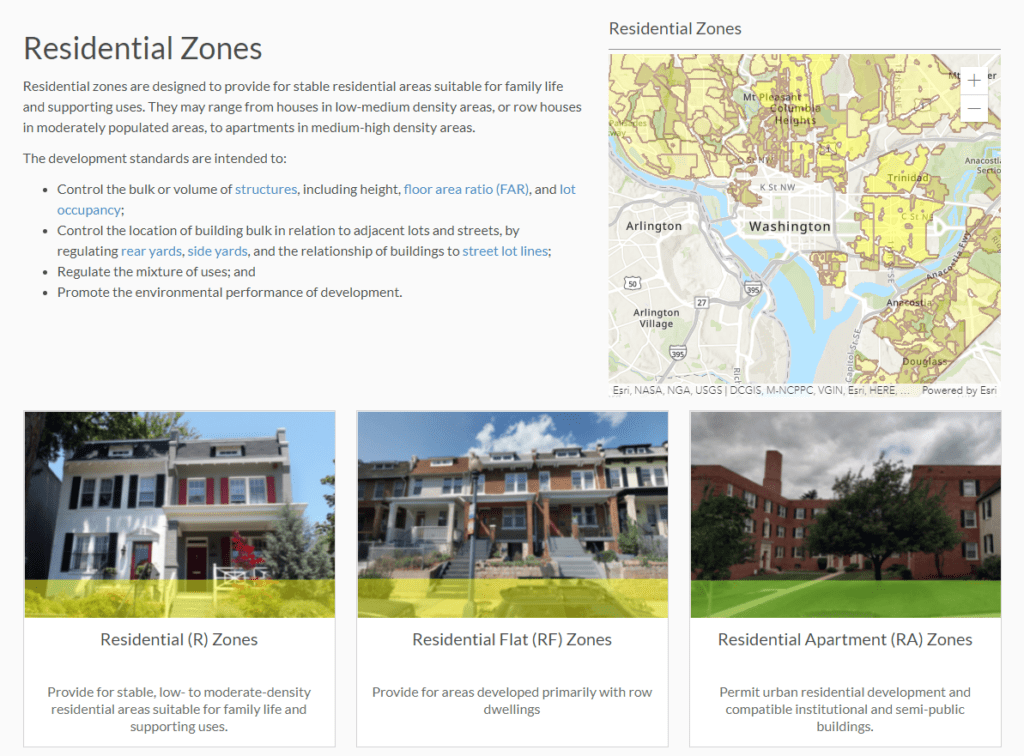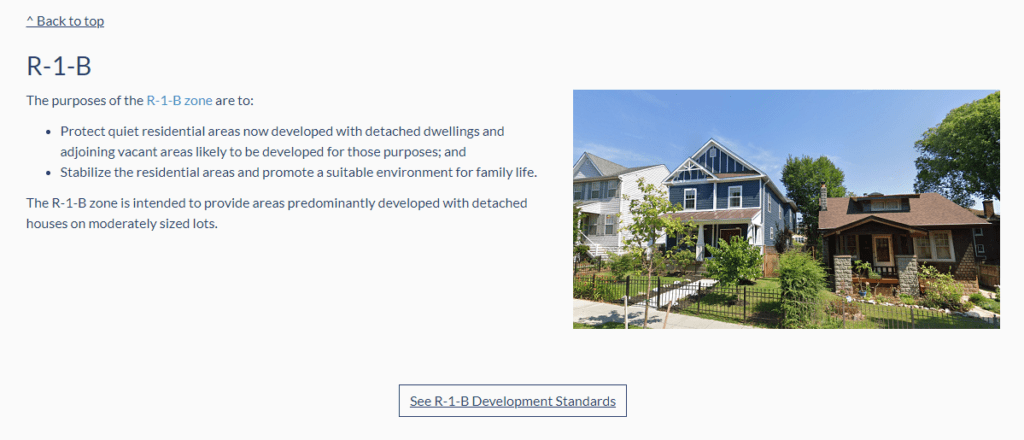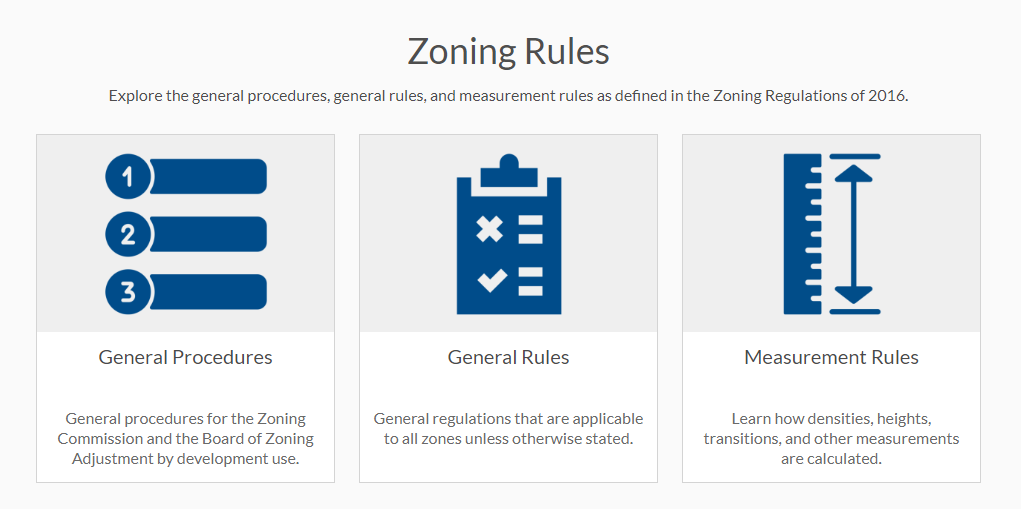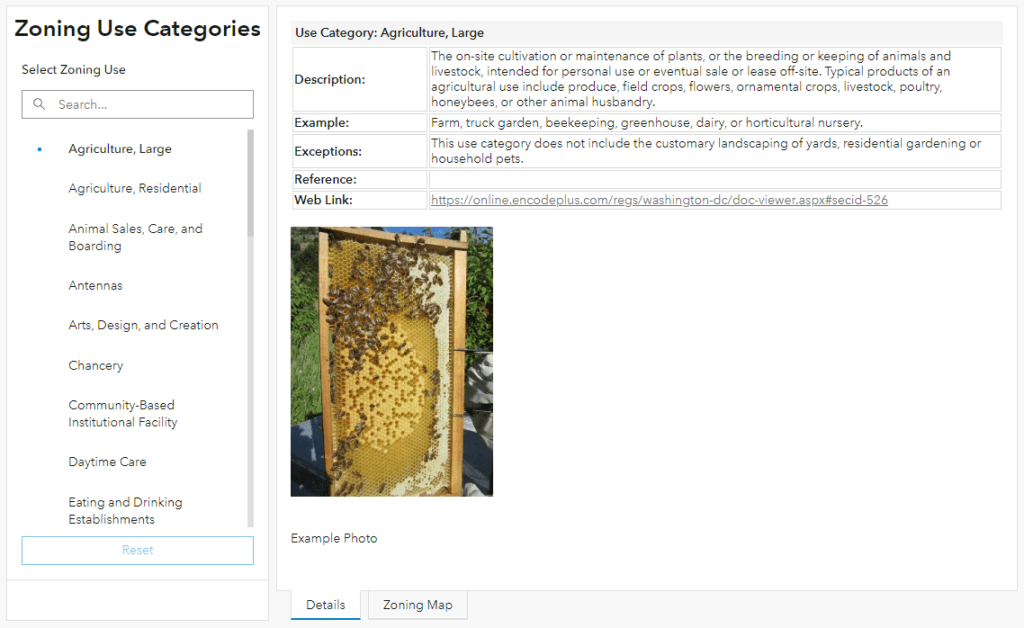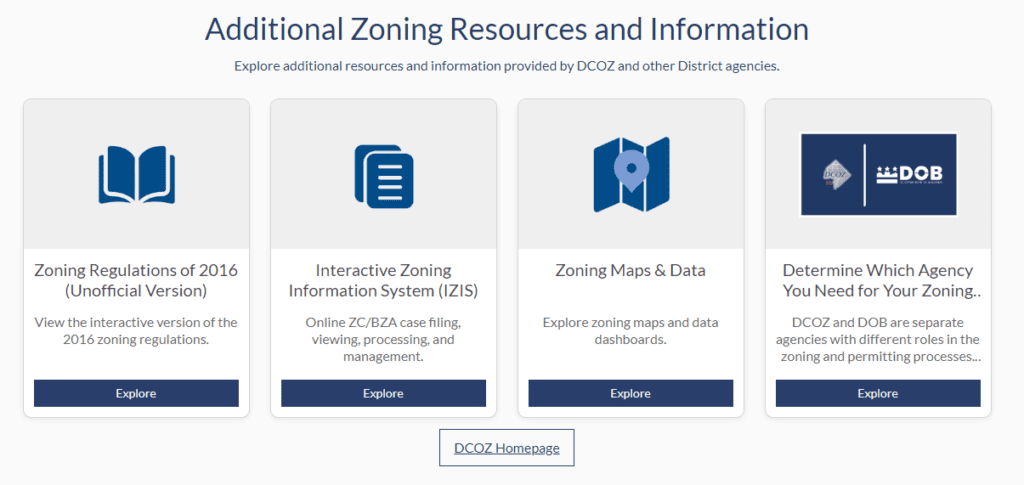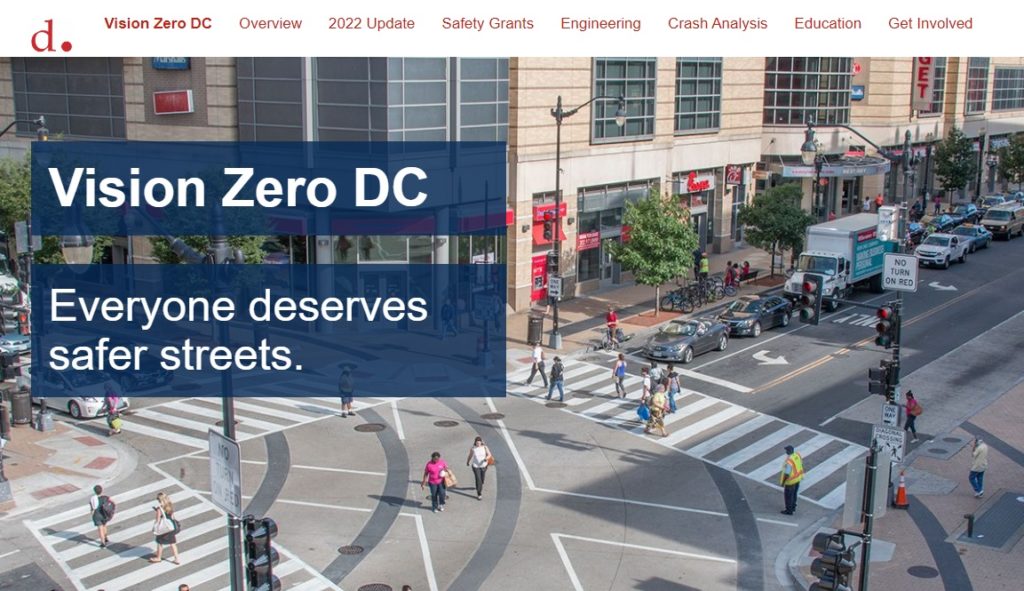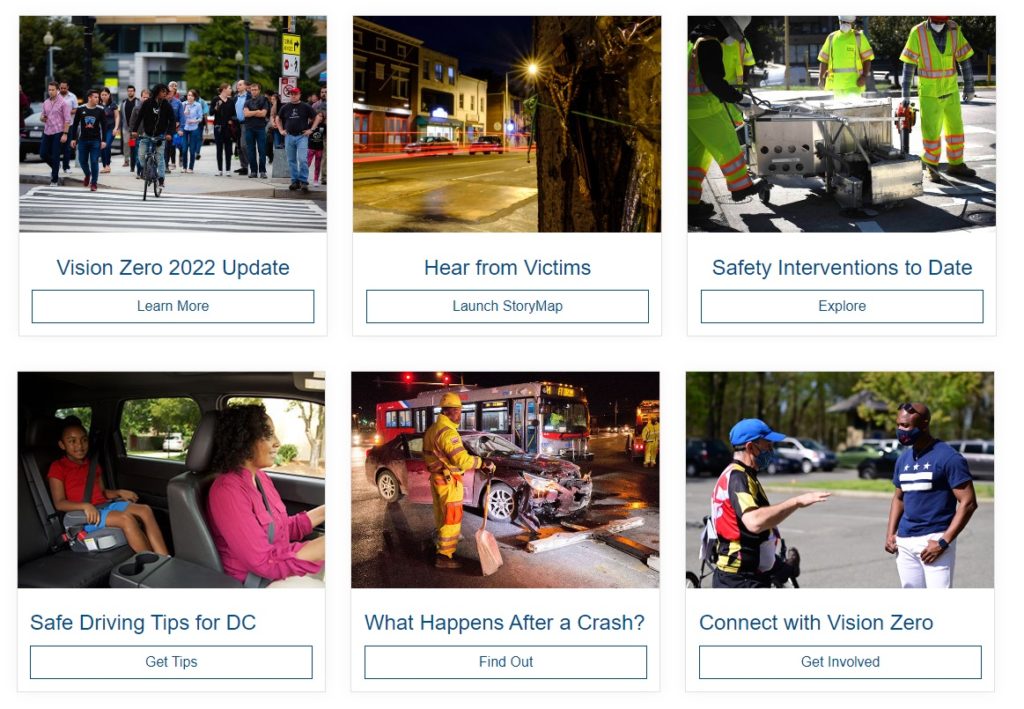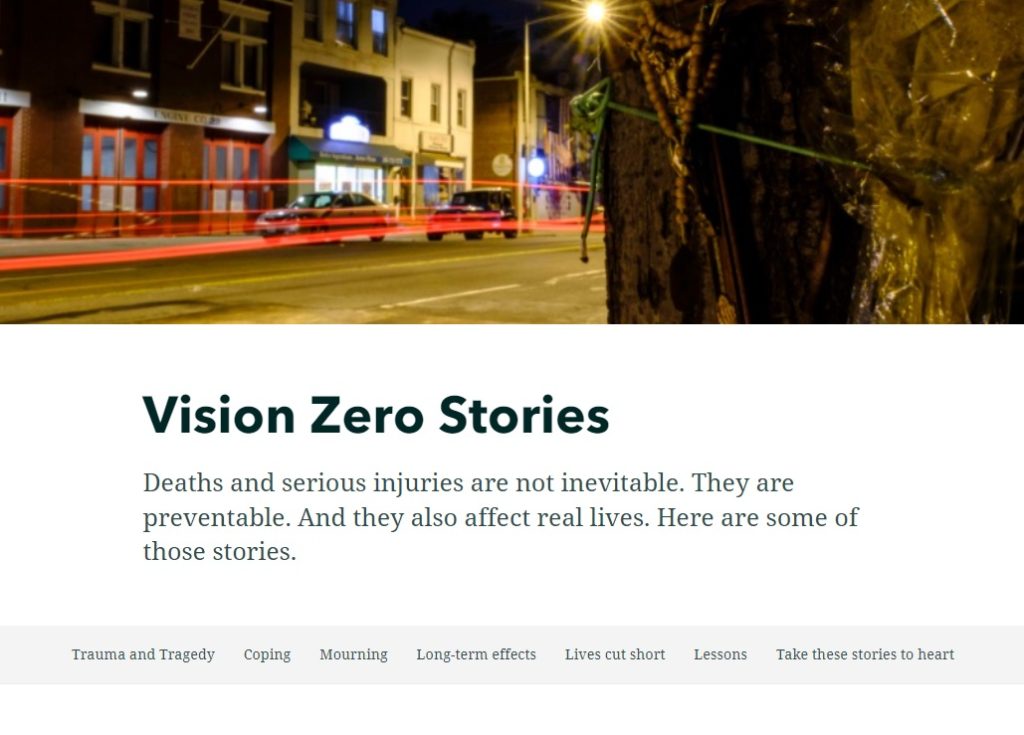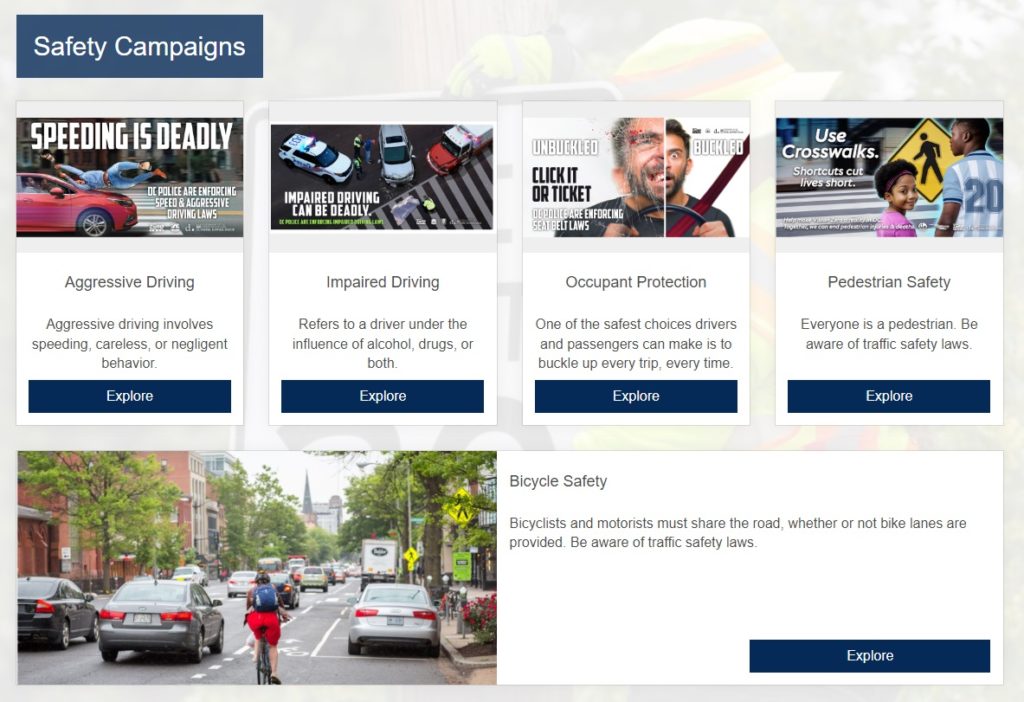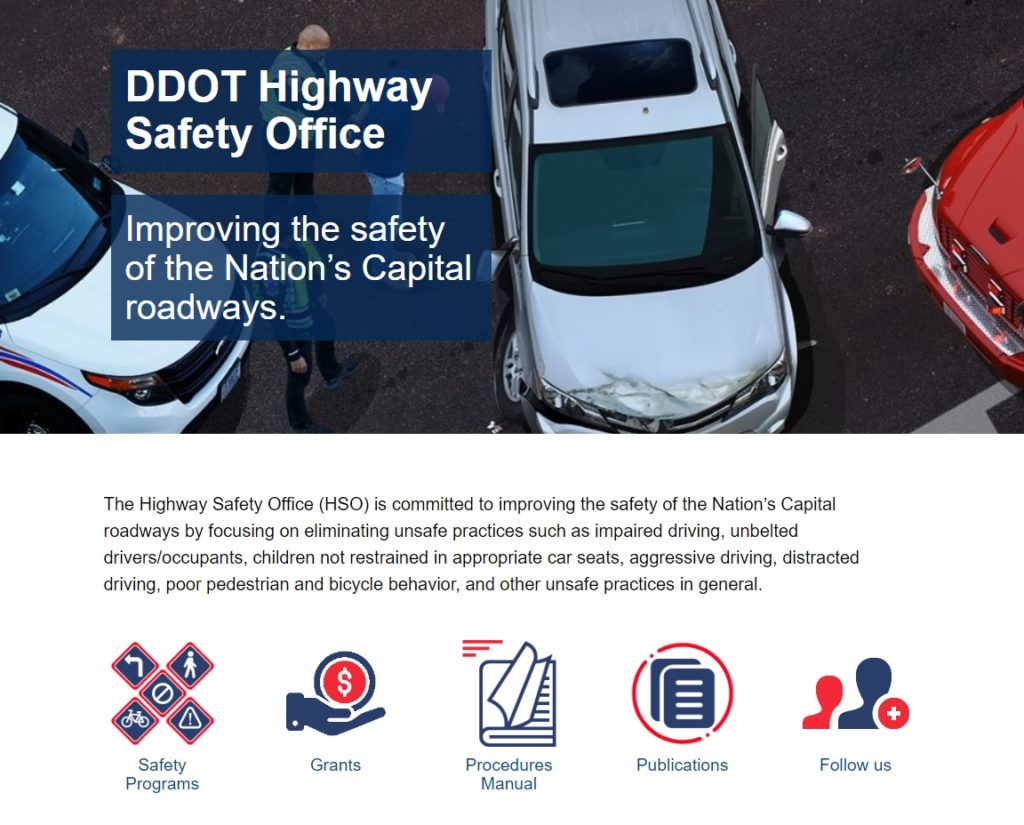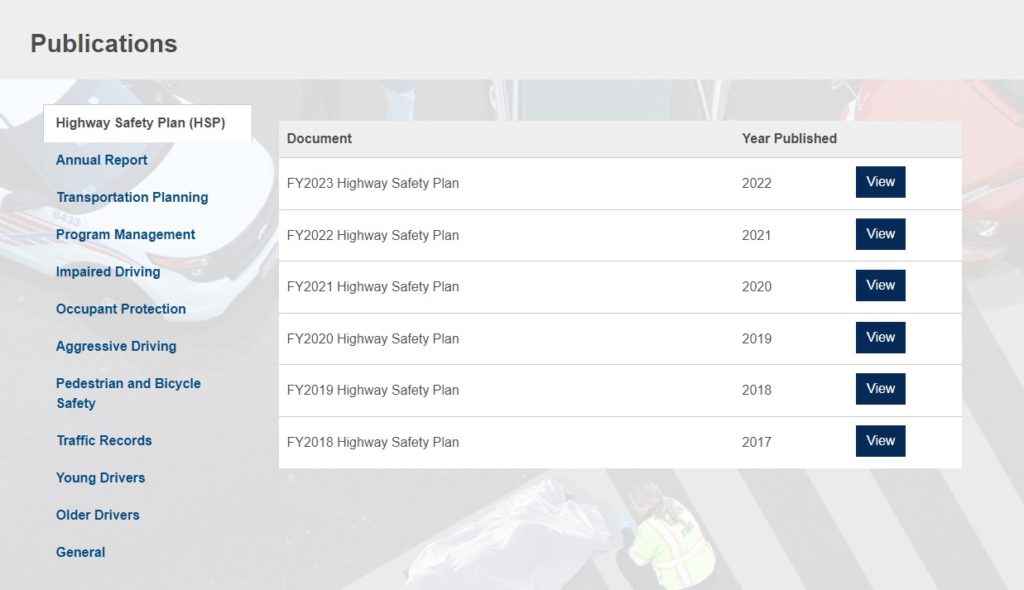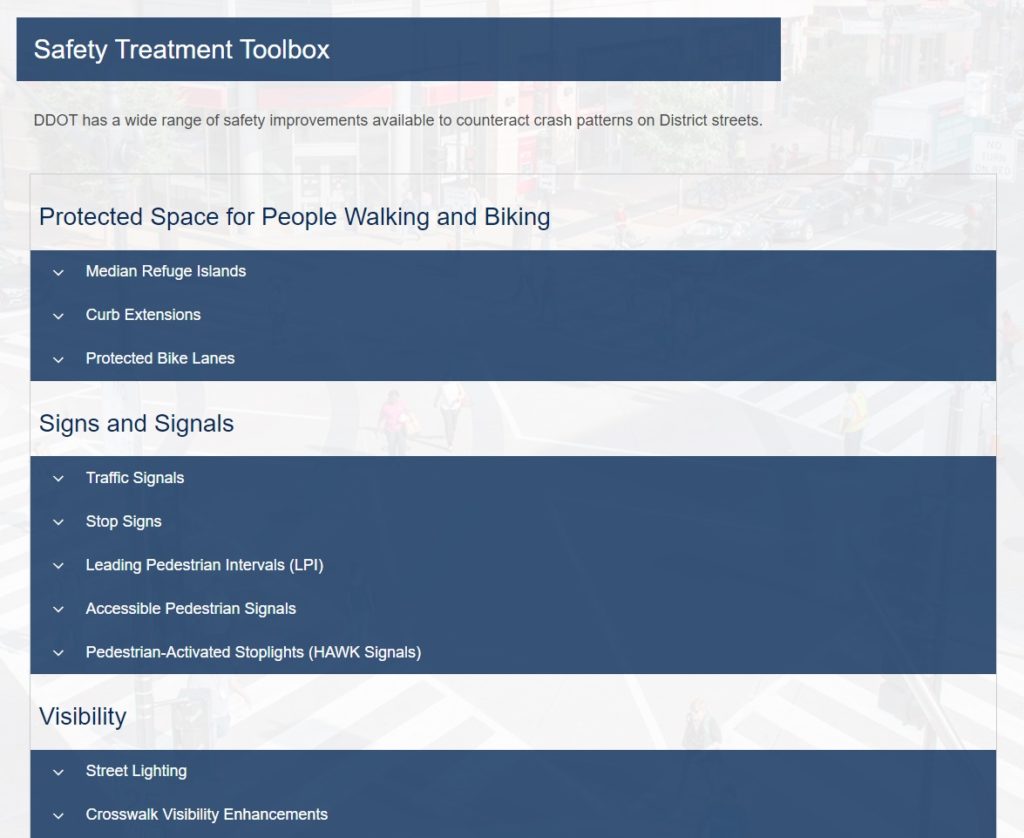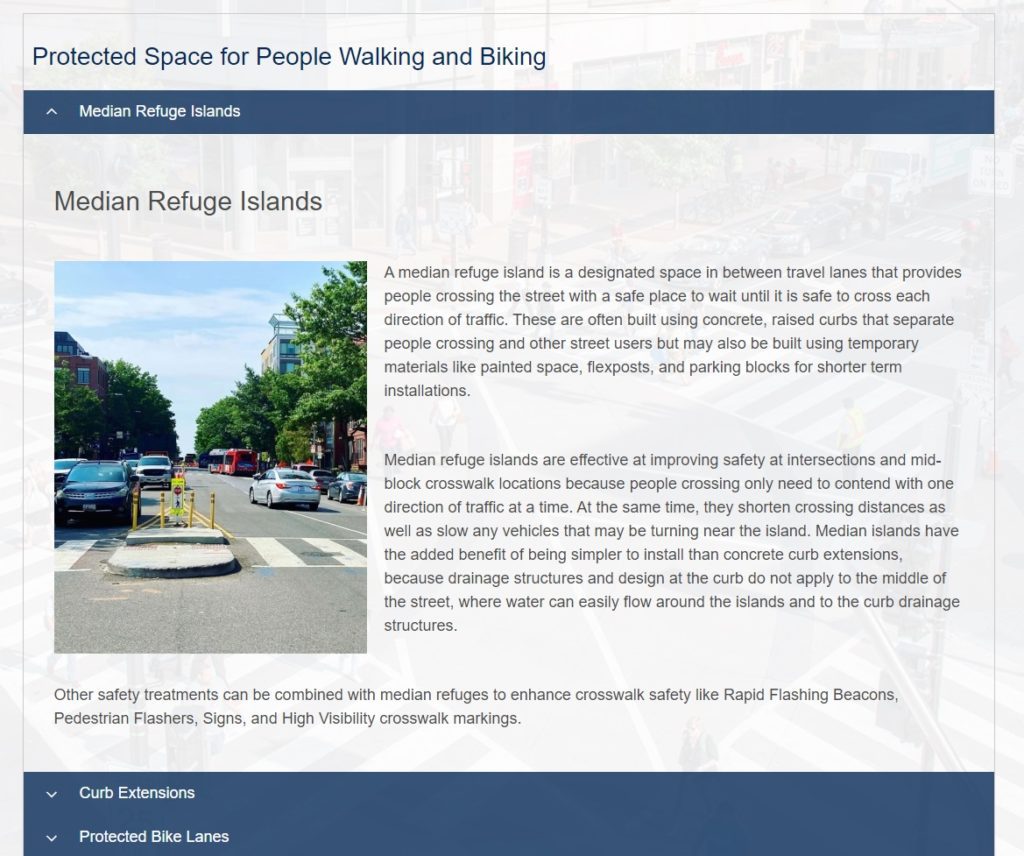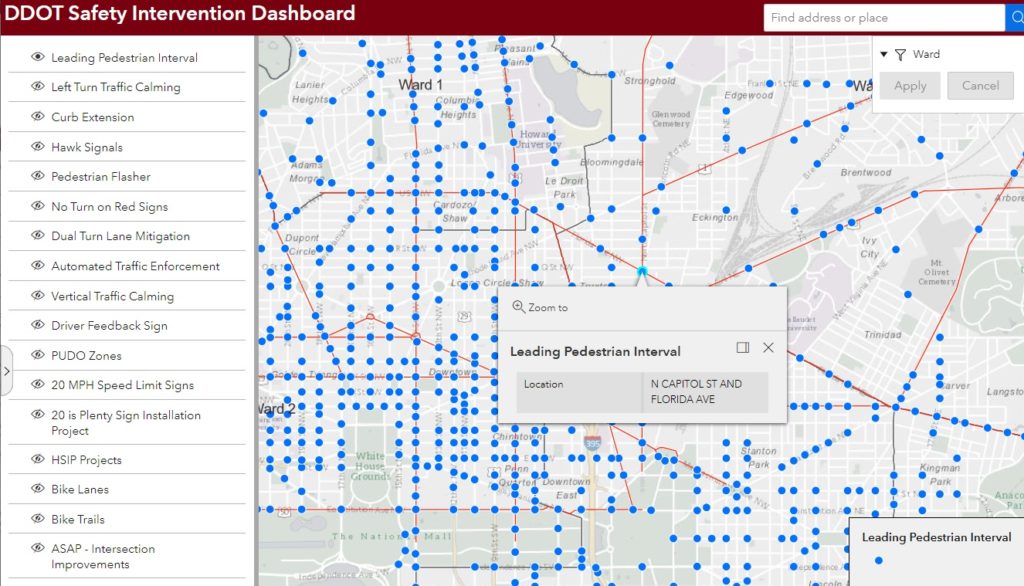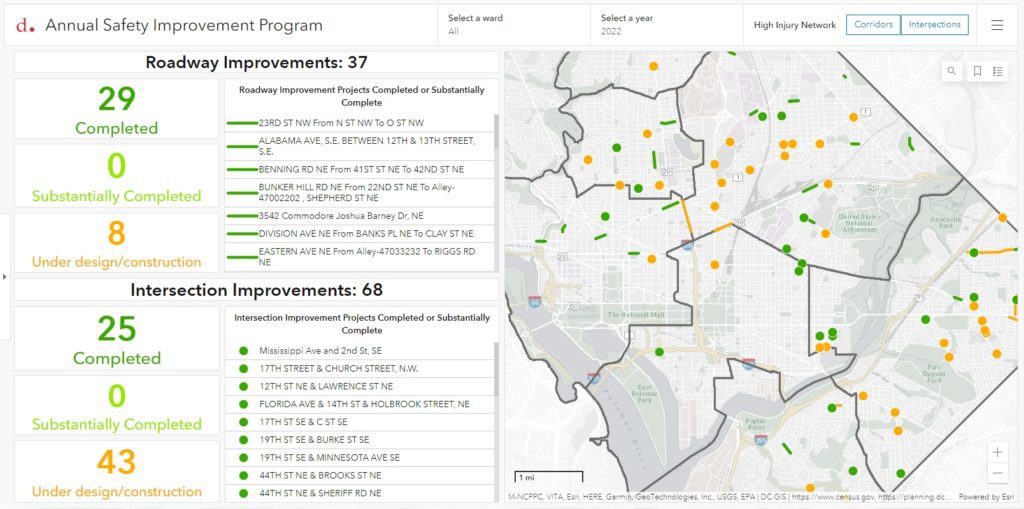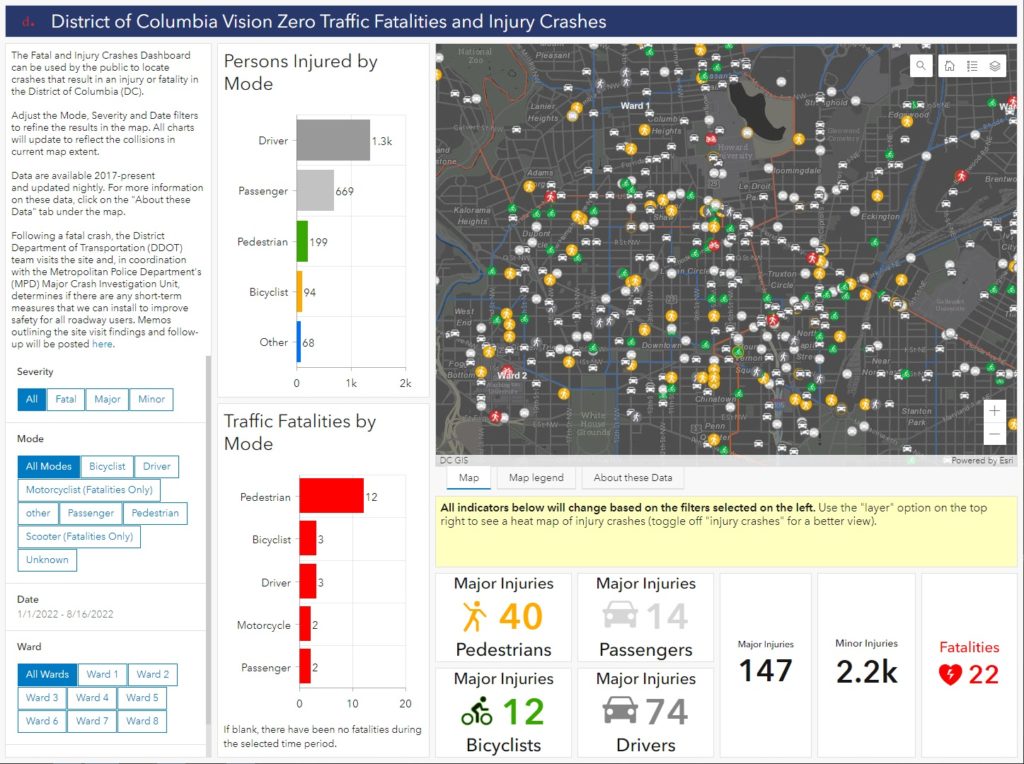The Louisiana Register of Historic Cemeteries recognizes cemeteries among the most valuable historic resources of Louisiana for their information about events, religion, lifestyles, and genealogy of a local community. Recently brought to life by a Historic Preservation Fund grant awarded to the Louisiana Trust for Historic Preservation (LTHP) from the National Park Service, the goals of the program include increasing awareness of historic cemeteries, for their protection, maintenance and respect of those buried within them. As part of this important effort, SymGEO was honored to partner with LTHP to build the web infrastructure to house the historic cemetery data and enable stakeholders to contribute to this growing, interactive library.
Built using ArcGIS Hub technology, the site features an interactive Historic Cemetery Dashboard that tracks all known historic cemeteries in Louisiana. Clicking on a cemetery icon will give basic information about the site, while cemeteries with detailed information and site pictures are differentiated by symbology.
An innovative twist in the Dashboard is presented by the “Info Needed” tab, where users can see which cemeteries are missing names, locations, or boundaries. If they are familiar with a cemetery on the list (filtered by parish or city), they are presented with the option of updating either the basic geographic cemetery information, or completing a more detailed information form, including picture upload options.
Built using ArcGIS Survey123, the forms include step logic to allow data updates or new cemetery information to be easily added to the growing collection of historic knowledge.
“The first step in protecting and respecting historic burials is to be aware of their location. By crowdsourcing this data beyond our initial research, we are able to learn about historic cemeteries in remote locations which may not appear on topographic maps or have even been used in over a century. The program will benefit descendants; industries such as tourism, real estate and construction; and should foster increased protection and maintenance at cemeteries.”
– Executive Director, Louisiana Trust for Historic Preservation
Talk to SymGEO today if your organization would like to feature projects or sites using the power of Esri’s ArcGIS Online platform – we are certified experts and here to help.
The National Forest Foundation (NFF) was chartered by Congress and created with a simple mission: bring people together to restore and enhance our National Forests and Grasslands. Part of this nonprofit mission includes planning for wildfires and mitigating their impact by understanding fire behavior across a landscape. SymGEO was honored to partner with the NFF to explore wildfire modeling approaches and analytical results by combining GIS data processing with the Interagency Fuel Treatment Decision Support System (IFTDSS). The results of this project will help inform internal planning efforts and future studies.
The project area was located in Flathead National Forest, Montana, and was approximately 250,000 acres in size. Extensive modeling was performed using IFTDSS to determine how effective different landscape treatments were at varying treatment patch area sizes and total coverage amounts. Conceptually, treating fewer large patches would be more effective than treating a greater number of small patches distributed across the landscape (based on wildfire behavior). However, determining the level of effectiveness required landscape modeling and statistical analysis. Similarly, other relationships were explored, such as what is the relationship between the total treatment area and treatment effectiveness? Does a 10% coverage result in a 10% decrease in modeled wildfire results? What happens at 50% coverage? Only one way to find out!
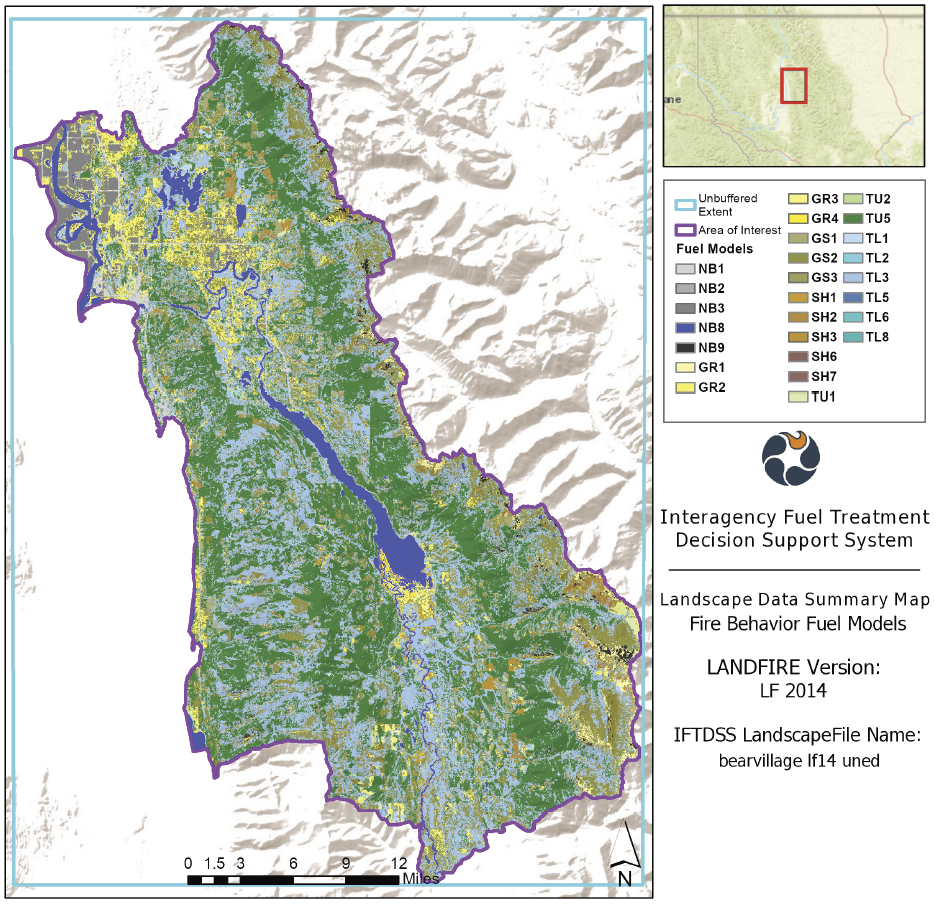
GIS processing using ArcGIS Pro was used to screen out areas that couldn’t be treated based on slope, canopy cover, distance to streams, fire return interval, and several other factors. Tessellated grids were then developed at scales ranging from 100-acre patches up to 5,000-acre patches and fit into the treatable areas.
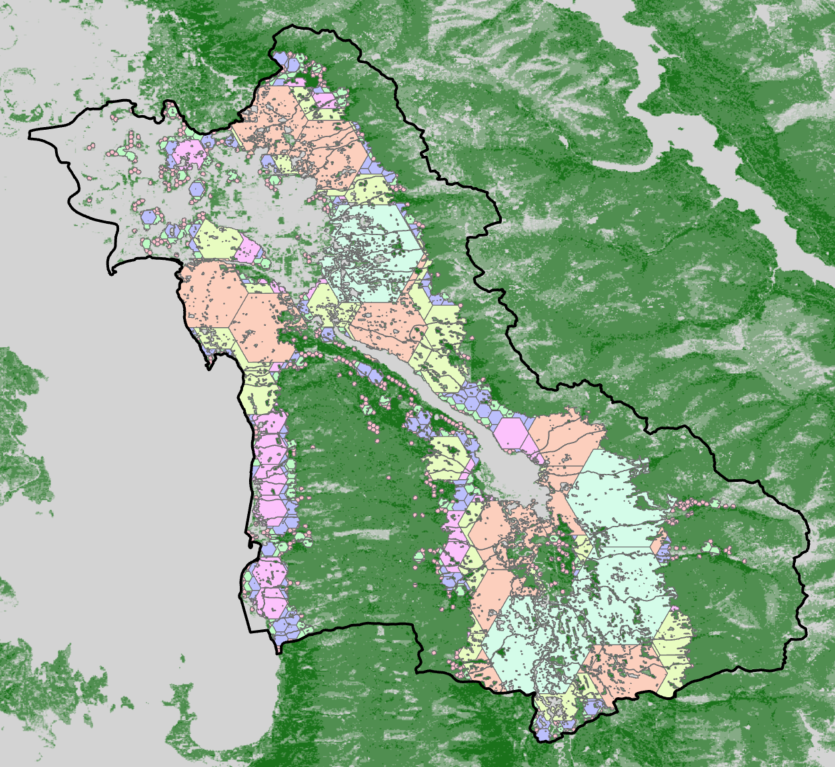
Average flame length was measured for untreated base conditions and then used to measure the effectiveness of treatment options.
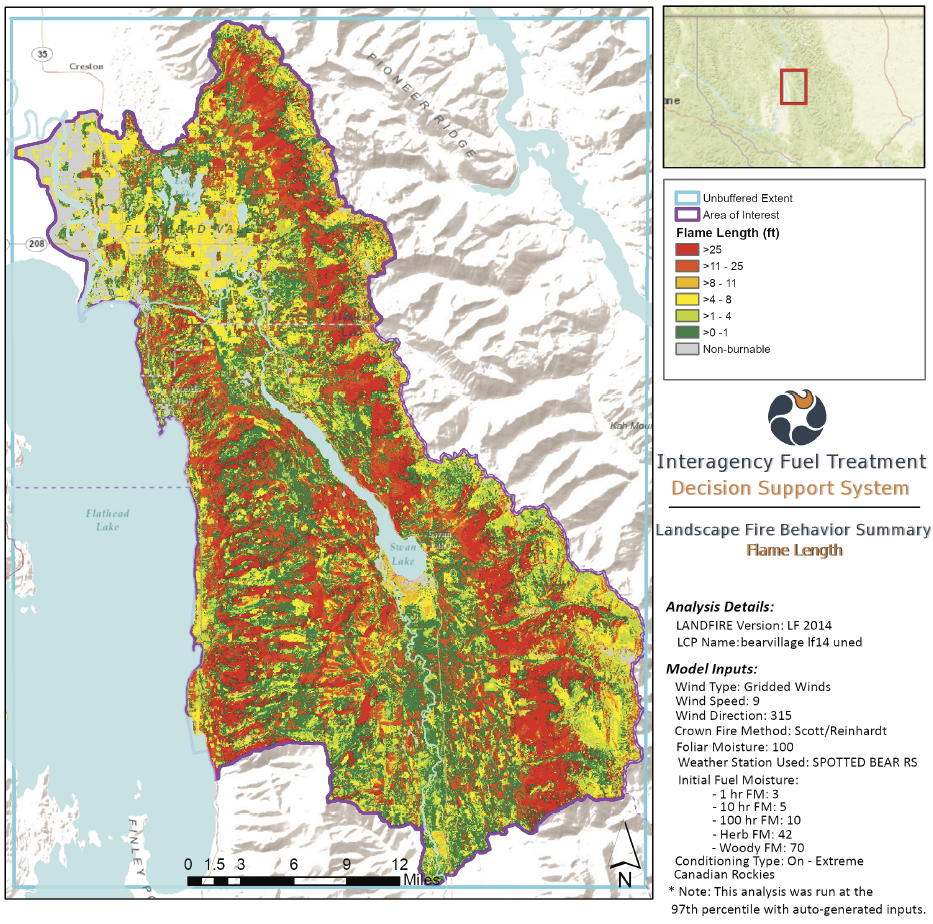
Initial results indicate that measurable differences were observed across treatment types, treatment patch sizes, and treatment total coverage areas.
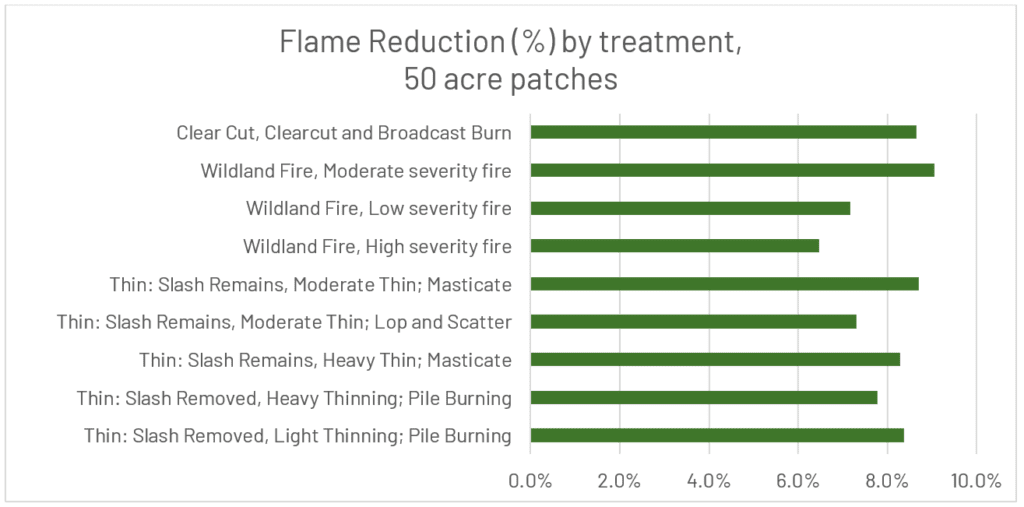
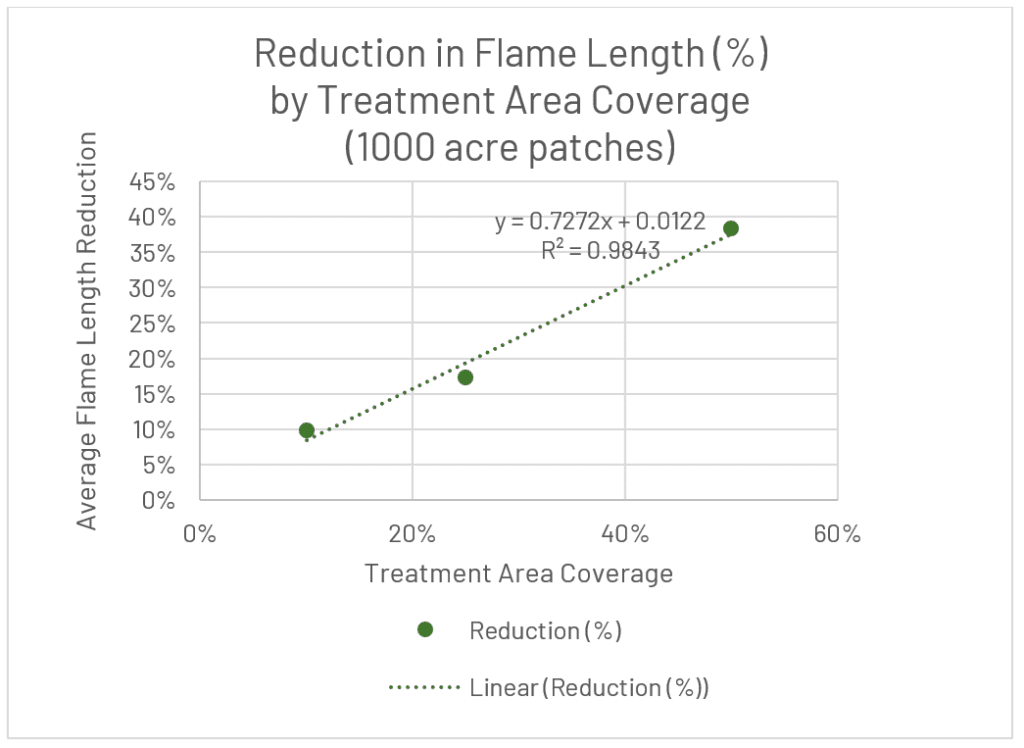
“SymGEO provided expert guidance around the analytical approach to explore fire resiliency GIS modeling. The IFTDSS modeling they provided was appreciated along with the framework to help the National Forest Foundation continue this important endeavor. They are excellent to work with and highly engaged in the process.“
– GIS Program Developer, National Forest Foundation
Talk to SymGEO today if your organization wants to explore data modeling processes and analytical results using ArcGIS Pro together – we are certified experts and here to help.
The Preservation Society of Charleston (PSC) is a nonprofit organization established in 1920, dedicated to the preservation and enjoyment of the distinct character, quality of life, and diverse neighborhoods in Charleston, South Carolina. To assist in these efforts, SymGEO partnered with PSC to build a pair of project dashboards to feature their Charleston Justice Journey (CJJ) and Historic Marker program sites. The dashboards were built using ArcGIS Dashboards technology and designed to be mobile responsive for information on the go.
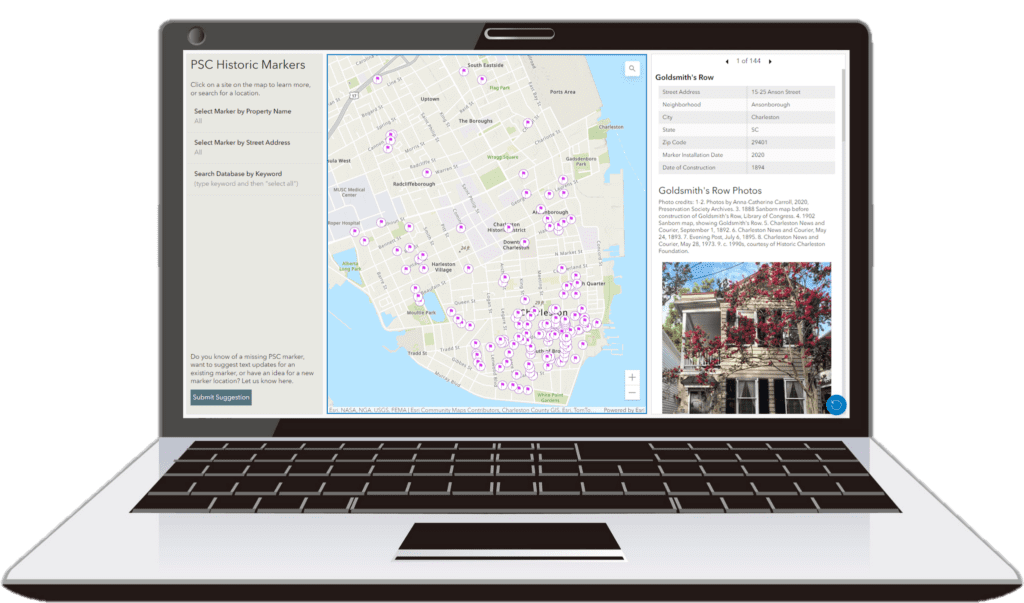
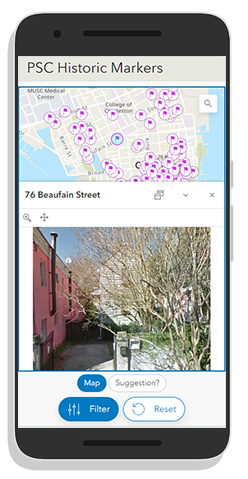
The Charleston Justice Journey (CJJ) project was launched in 2019 to recognize sites significant to African American history and the ongoing journey toward racial equality in Charleston and the Lowcountry. This online research and mapping initiative is a growing resource for deepening our collective understanding of people, institutions, movements, and events that shaped the course of the region’s civil rights history. Through this project, PSC is partnering with the community to elevate the full narrative of Charleston’s history.
The Historic Marker program was established in 1959, with well over one hundred markers placed around the city so far. The PSC sought to create a digital database of markers, that would be a resource for Charlestonians and visitors alike, with baseline stats and photographs of the markers, properties, historical photographs, drawings, and other information related to associated historical figures and events. Using the PSC Historic Marker Database, members of the public can create their own walking tour, research from afar, and learn more about the city’s vibrant cultural and architectural history.
“SymGEO played a key role in helping us build both of these important digital platforms. After listening carefully to our goals and answering every one of our questions, they helped us create two distinct interactive platforms that are user-friendly, informative, and advance our mission to protect and make Charleston’s cultural and architectural fabric more accessible to all.”
– Preservation Coordinator, Preservation Society of Charleston
Talk to SymGEO today if your organization would like to feature projects or sites using the power of Esri’s ArcGIS Online platform – we are certified experts and here to help.
To complement our donor portal with One Tree Planted, SymGEO is pleased to announce a new project impact site experience that tracks the progress and positive environmental benefits of One Tree Planted nonprofit projects to date and features a data-driven dashboard using ArcGIS Dashboards. The dashboard has all current project metrics and locations that can be filtered by project type, status, location, or impact.
The site also features:
- An interactive map that reveals the millions of trees planted around the world,
- A deep dive into several project-specific stories showcasing the environmental benefits of planting trees,

- A Forest Note video series that shows all the dedicated, determined work that goes into successful tree planting projects.
“The impact portal of global reforestation projects provides users with an immersive experience to navigate and better understand the impact One Tree Planted is having around the globe. Through interactive maps and insightful data visualization, it empowers users to witness the collective impact of reforestation efforts, fostering a deeper connection with the worldwide initiative to restore and preserve our planet’s vital ecosystems.“
– Geospatial Systems Manager, One Tree Planted
Talk to SymGEO today if your organization would like to feature projects or impacts using the power of Esri’s ArcGIS Online platform – we are certified experts and here to help.
The Lincoln Institute of Land Policy seeks to improve quality of life through the effective use, taxation, and stewardship of land. As a nonprofit private operating foundation whose origins date to 1946, the Lincoln Institute researches and recommends creative approaches to land as a solution to economic, social, and environmental challenges. Through education, training, publications, and events, they integrate theory and practice to inform public policy decisions worldwide.
SymGEO partnered with the Lincoln Institute to build an internal, central ArcGIS Hub platform and support five of their Centers and Initiatives. This involved curating and displaying authoritative data layers detailing resource equity, population demographics, historic redlining information, land zoning information, and historic city spending and revenue information among others.
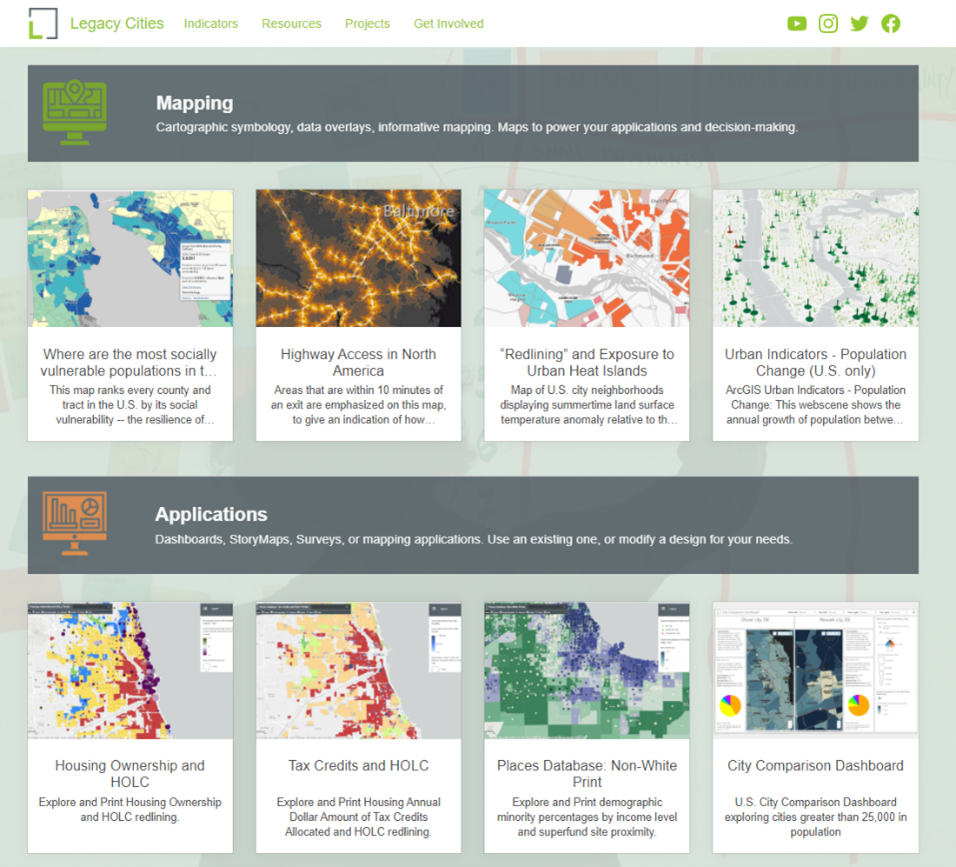
Configurable applications, including ArcGIS Dashboards and web applications, were built to facilitate the exploration of data and visualization of analytical results.
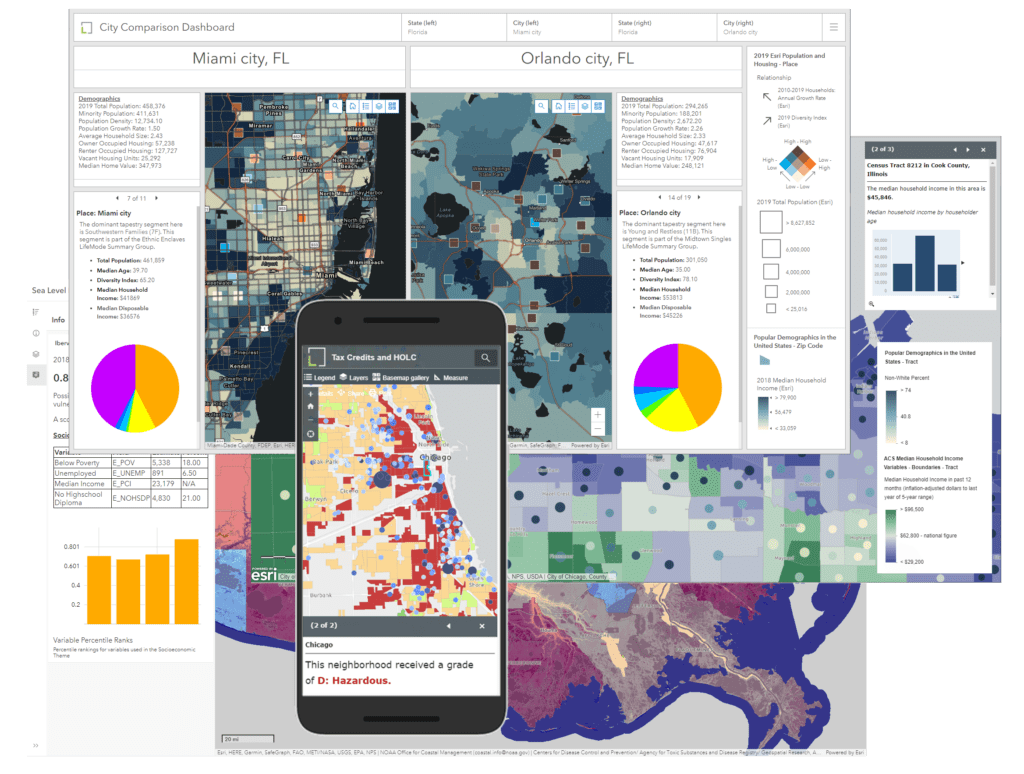
“SymGEO has the unique ability to distill content into compelling visual geospatial products and narratives that tell a story and help track impacts. They are very proactive, responsive, great communicators, and can spin up apps quickly as proof of concepts that help with design decision-making. It has been a great experience working with them collaboratively, and I highly recommend SymGEO as a geospatial solution expert.”
– Director, Partnerships and Strategy, Lincoln Institute of Land Policy
Talk to SymGEO today if your organization would like to build a central spatial data hub framework using the power of Esri’s ArcGIS Online platform – we are certified experts and here to help.
One Tree Planted wants to make it simple for anyone to help the environment by planting trees. By partnering with 680+ organizations across 80+ countries, they have restored forests, created habitats for biodiversity, and made a positive social impact around the world by planting over 100 Million trees! Learn more about the critical importance of their nonprofit mission in the following educational video.
Keeping track of the positive impact of 680+ partners can be a daunting task. Fortunately, through a collaborative effort with SymGEO, One Tree Planted built an interactive Donor Portal prototype that helps communicate project-specific information to funding partners. The portal was designed so that each partner will have their own specific page, featuring just the projects that their funding helped to support. The donor portal was built using ArcGIS Experience Builder, and leverages Dashboards, StoryMaps, and embedded content to provide data transparency and inspiration.
Projects are geo-located to show the global breadth of a partner’s funding impact.
Project-specific information is presented upon selection with links to the detailed project report.
Projects are also displayed on a dedicated mapping page and can be searched by name or geography.
The map links to a detailed project dashboard with key information and a virtual fly-through of each planting site. 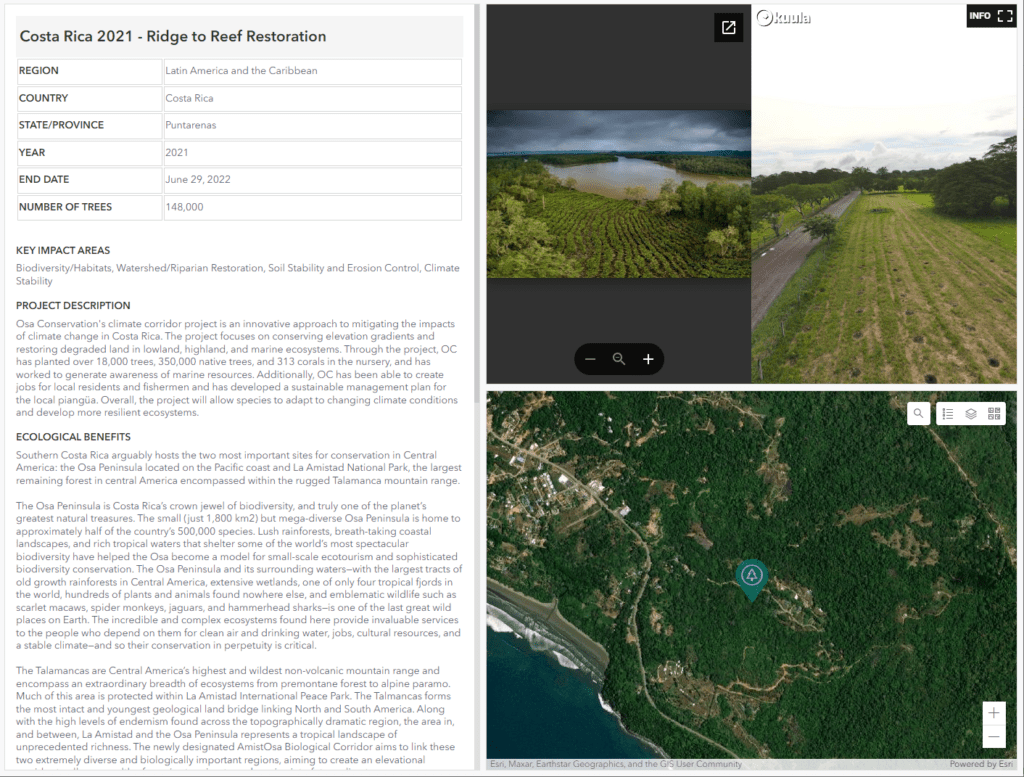
The report section of the portal links to the most recent planting report, highlighting key achievements of the year.
The monitoring section uses before and after imagery to convey the landscape scale impact of the planting projects and details the methods used to monitor and ensure planting success.
“The impact of the prototype on our donors was nothing short of astounding. Collaborating with SymGEO to craft a functional prototype during the feedback-gathering phase proved instrumental in cultivating a comprehensive catalog of requisites across all donors.”
– Geospatial Systems Manager, One Tree Planted
Talk to SymGEO today if your organization would like to feature projects or impacts using the power of Esri’s ArcGIS Online platform – we are certified experts and here to help.
Public transportation is a $79 billion industry that employs 430,000 people and supports millions of private-sector jobs. As the public transportation industry advocacy leader, the American Public Transportation Association (APTA) is dependent on accurate, current data to help inform critical decisions of their nonprofit work. The newly updated Industry Footprint is designed to collect, analyze, and present key statistics at national, state, and local levels. This application, produced in collaboration with our development partners at GeoMarvel, provides insight into APTA membership, public transportation providers, transit service, manufacturing and supply chain, and congressional/legislative contact information. Learn more about all the innovative platform enhancements in the APTA Industry Footprint Storymap.
“The SymGEO team worked on a tight schedule to deliver a series of impressive updates and fixes to our existing application, including a whole visual re-imagining. We are excited to work on even more innovations to the tool going forward together.”
– APTA Senior Director, Policy Development and Research
Would a custom mapping application like this be useful to your organization? Talk to our solution experts today about your unique GIS needs, the SymGEO team is here to help!
The District of Columbia Office of Zoning (DCOZ) is responsible for communicating zoning rules and regulations to District residents. To facilitate this flow of technical information, DCOZ partnered with SymGEO to develop the next-generation DC Zoning Handbook, built using ArcGIS Hub technology.
“The Zoning Handbook is an important resource for District residents to understand and participate in the zoning process. We enjoyed working with SymGEO to migrate existing content, leverage current technology, and develop new solutions to make the process as easy as possible for our audience.”
– Director, DC Office of Zoning
The Zoning Handbook was designed to start at the highest level of information and introduce the concepts and locations of zoning categories.
Selecting a general zoning category (such as Residential) drills down into the types of residential zoning in the District.
Selecting a type of residential zoning delves into the purposes and intentions of the many variants within that particular zoning type.
At this final level of detail, the development standards for the specific zone are offered using a Development Standards Dashboard, developed using ArcGIS Dashboards, which communicates the technical aspects of the zoning type in a mobile-responsive format.
“The ArcGIS Hub cloud platform enabled us to augment the zoning regulations with interactive dashboards and maps to provide an engaging and informative experience while reducing the need for on-premise servers and applications.”
– Data Coordinator, DC Office of Zoning
Back on the main page of the Zoning Handbook, insight can be found into the general procedures, general rules, and measurement regulations as defined in the Zoning Regulations.
Zoning Use Categories are presented using ArcGIS Dashboard technology in a mobile-friendly format.
A long list of definitions helps District residents navigate the language used in the zoning regulations.
Finally, additional zoning resources and information are offered for further reading and zone exploration.
Talk to SymGEO today if your municipality or agency is interested in migrating web content to an ArcGIS Hub solution – we are certified experts and are here to help.
District of Columbia Mayor Muriel Bowser launched Vision Zero in 2015 to inspire and transform DC’s roadway safety efforts and to set DC’s sights on a goal of zero fatalities or serious injuries on District streets. Since then, the District Department of Transportation (DDOT) has shifted to designing streets that are safe for everyone, working closely with community members to identify problems and build solutions. As part of a new community outreach effort, SymGEO was honored to help DDOT build the new Vision Zero DC website using ArcGIS Hub technology. Read the official press release from DDOT for this exciting website launch, as well as the comprehensive ArcNews article entitled “Washington, DC, Pursues Equity and Transparency in Vision Zero Campaign” featured on the front page of the Spring 2023 edition.
“The new Vision Zero DC website will help us work closely with community members to identify problems and build solutions. SymGEO iterated quickly and efficiently on design ideas and built a very engaging platform solution for DDOT.”
– DDOT Vision Zero Director
The Vision Zero DC site is organized into easily navigable sections based on audience interest and is designed to be mobile-responsive and broadly accessible.
A poignant look at the human costs of dangerous driving and unsafe behaviors is presented in Vision Zero Stories, developed using ArcGIS StoryMap technology.
The Education page features educational campaigns that help to promote safe driving and pedestrian habits throughout the District. 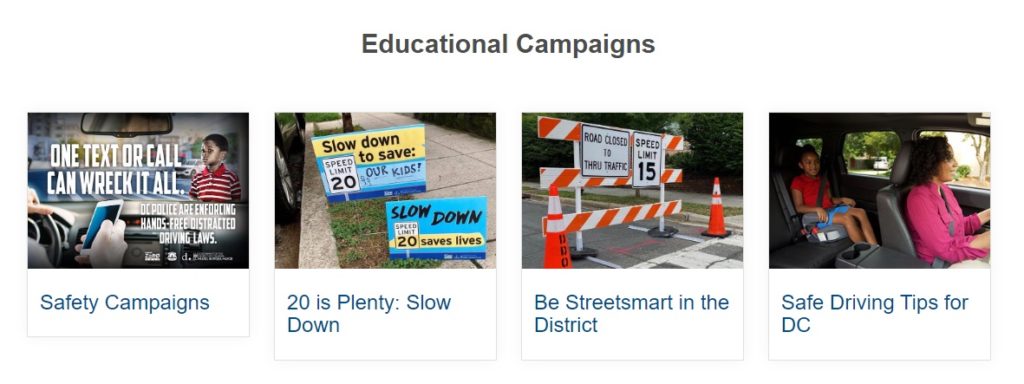
The safety campaigns target the biggest threats to the most vulnerable travelers on DC’s roadways. These include aggressive driving, impaired driving, occupant protection, pedestrian safety, and bicycle safety.
A link is also featured to Safety Grant information housed on DDOT’s Highway Safety Office page. This page also includes many links to safety programs, grants, procedure manuals, and publications.
This living document provides links to numerous helpful documents and publications.
A look at the Engineering page shows the significant progress made in designing solutions to benefit vehicular and pedestrian traffic, conveniently organized into a Safety Treatment Toolbox.
Expanding a section of the toolbox gives a wealth of information about each treatment “tool.”
A Safety Intervention dashboard gives insight into all the implementations of the safety toolbox tools that have occurred to date.
An Annual Safety Improvement Program dashboard gives insight into all the roadway and intersection improvements made to date.
Exploring the Crash Analysis page gives a deep dive into the data fueling the push for zero fatalities on D.C.’s roadways, including a Fatality and Injury dashboard with authoritative data provided by the Metropolitan Police Department.
Talk to SymGEO today if your municipality or agency is interested in setting your sights on a goal of zero fatalities on your roadways using a Vision Zero hub site – we are certified experts and are here to help.
Esri’s Special Event Operations is a configurable solution that helps organize special events, create event site maps, develop health and safety plans, manage event incidents and assignments, monitor public health and safety operations, and create after-action reports. The District Department of Transportation (DDOT) recognized the value of having comprehensive information about an event in one authoritative, collaborative place, and asked SymGEO to help configure and deploy Special Event Operations for their internal use.
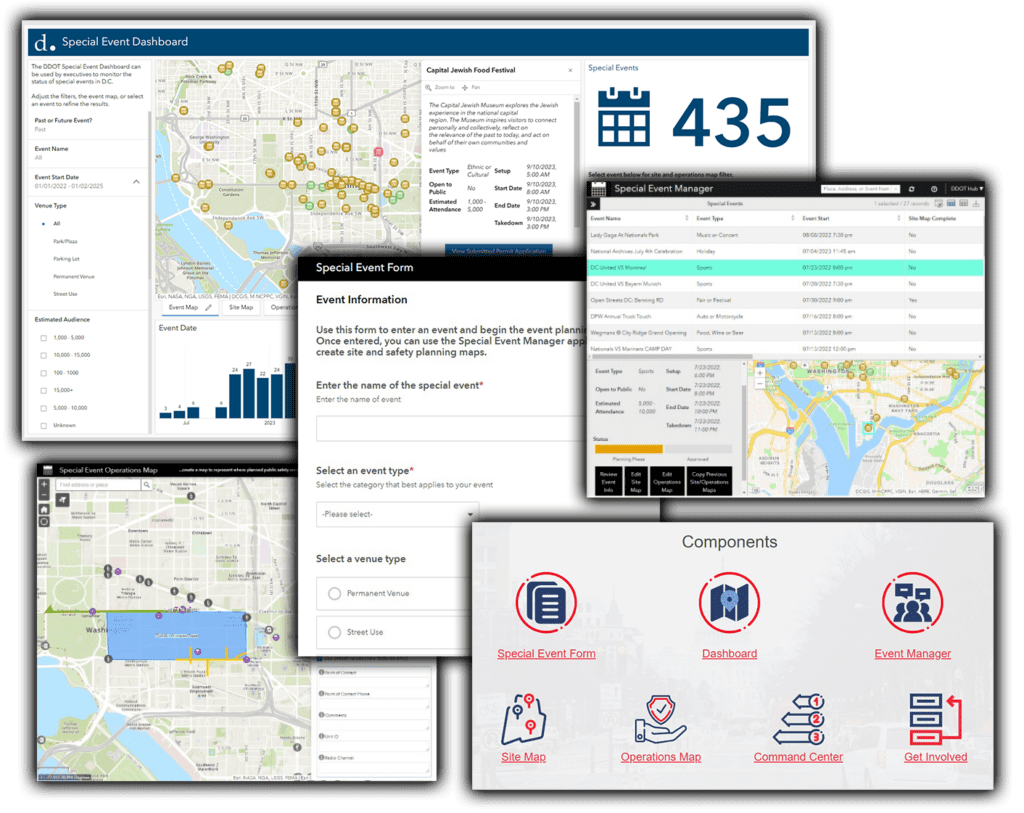
“The Special Events solution has sparked a new level of excitement in preparing for special events in the city. With SymGEO’s technical help, DDOT now has improved internal communication and decision-making abilities. The training provided by SymGEO has been super beneficial – they are a treasure!”
– DDOT Program Manager, Traffic Management Center
ArcGIS Hub was used to host the solution as it facilitated the understanding and workflow of how each individual component fits into the comprehensive picture.
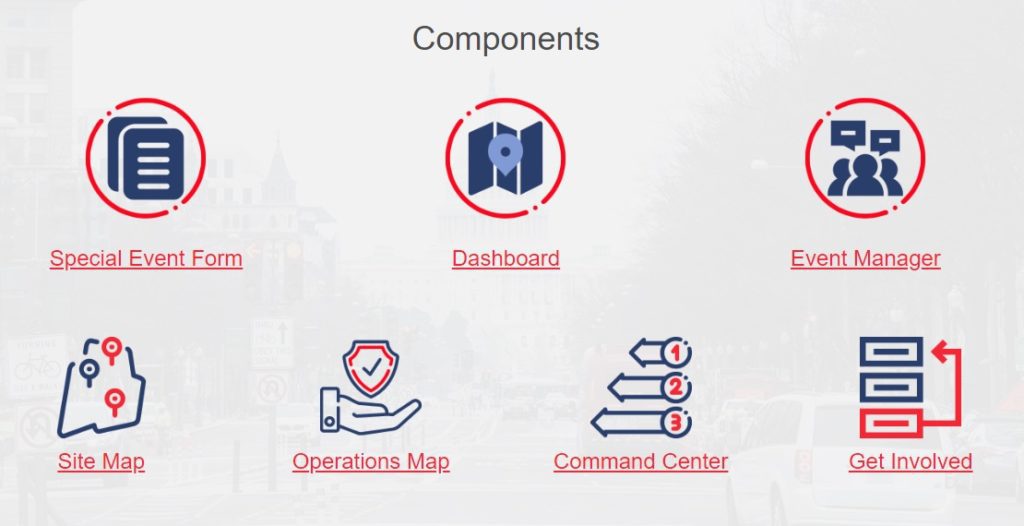
The solution is built around a core data set of special events. Individual events are initially “registered” with the solution using an ArcGIS Survey123 intake form.

An ArcGIS Dashboard uses the event information to give managers an overview of upcoming (or past) events that can be filtered by venue type, expected crowd size, approval status, or other event characteristics.
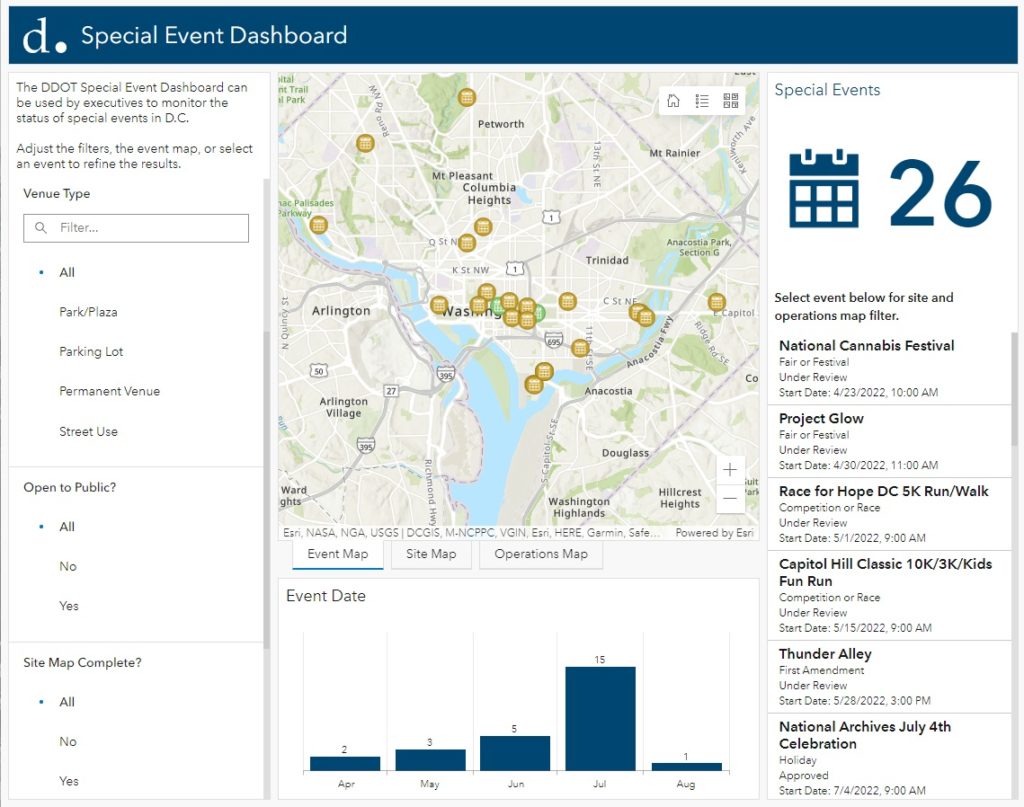
The Special Event Manager is used to dive deep into specific events. From this interface, site maps or operation maps can be created, copied from past events, reviewed, and eventually approved.
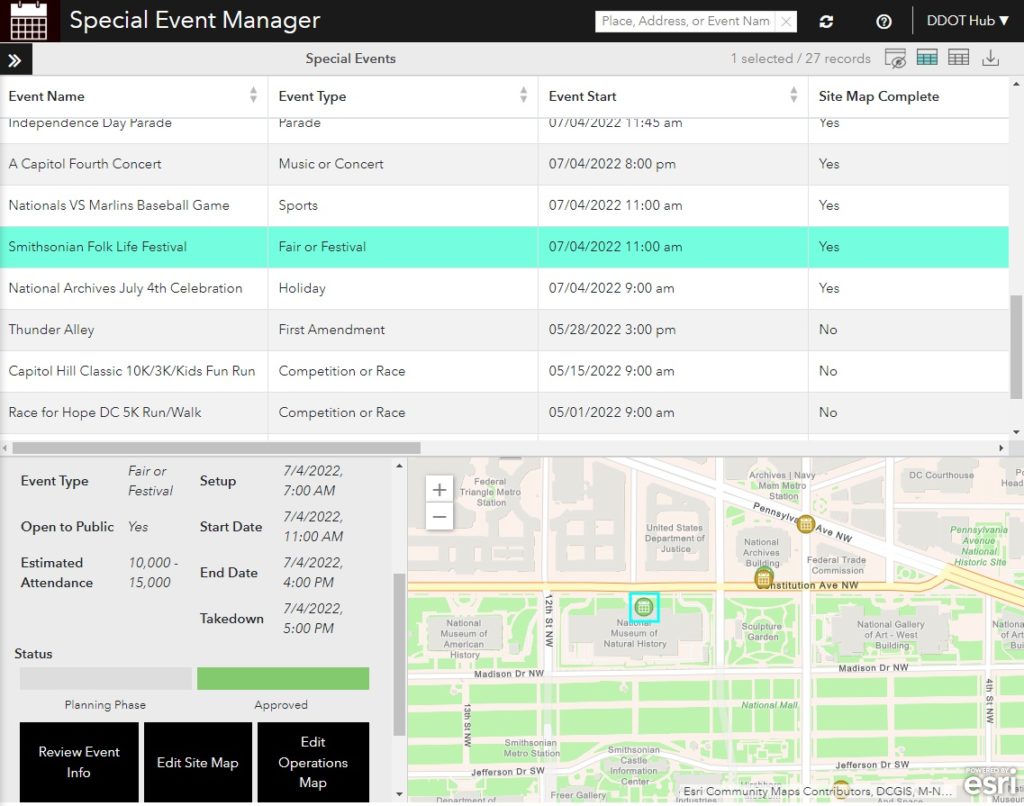
The Special Event Site Map interface facilitates the creation of site maps linked to individual events. Site maps include the point, line, or area representation of event physical features. This may include signs, fire lanes, event perimeters, or other stationary event components.
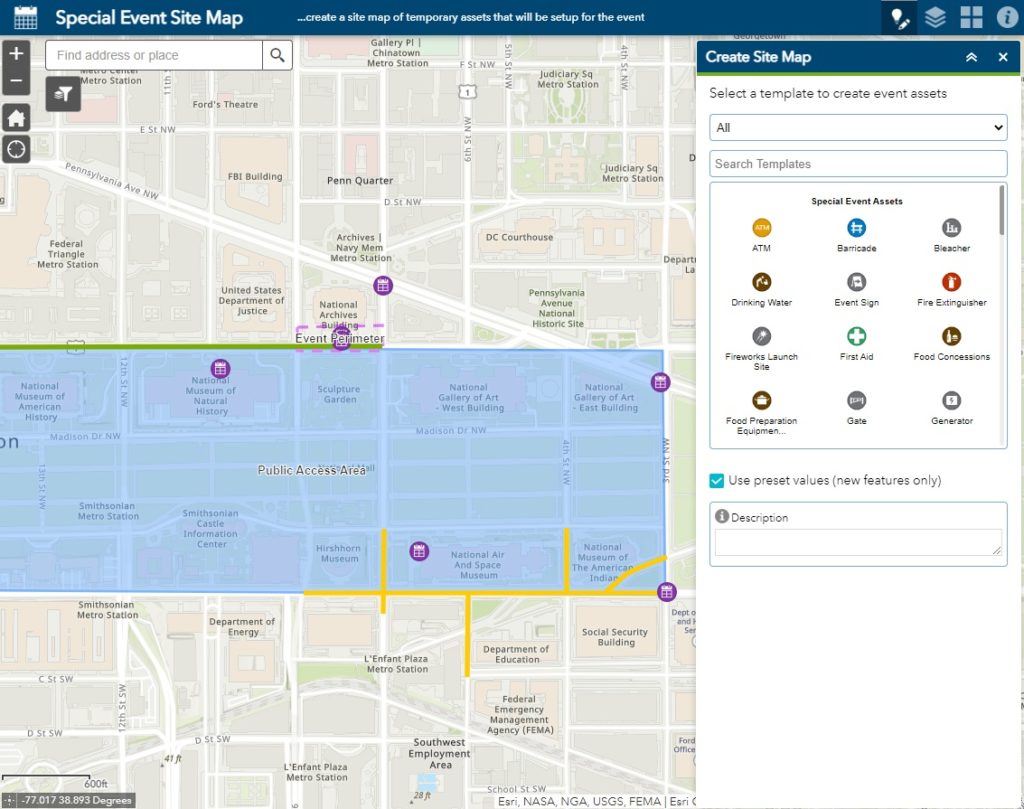
The operations map includes mobile or distributed resources that will be actively deployed during the event. This may include trucks, traffic control officers, resource assignment paths, staging areas, or security perimeters.
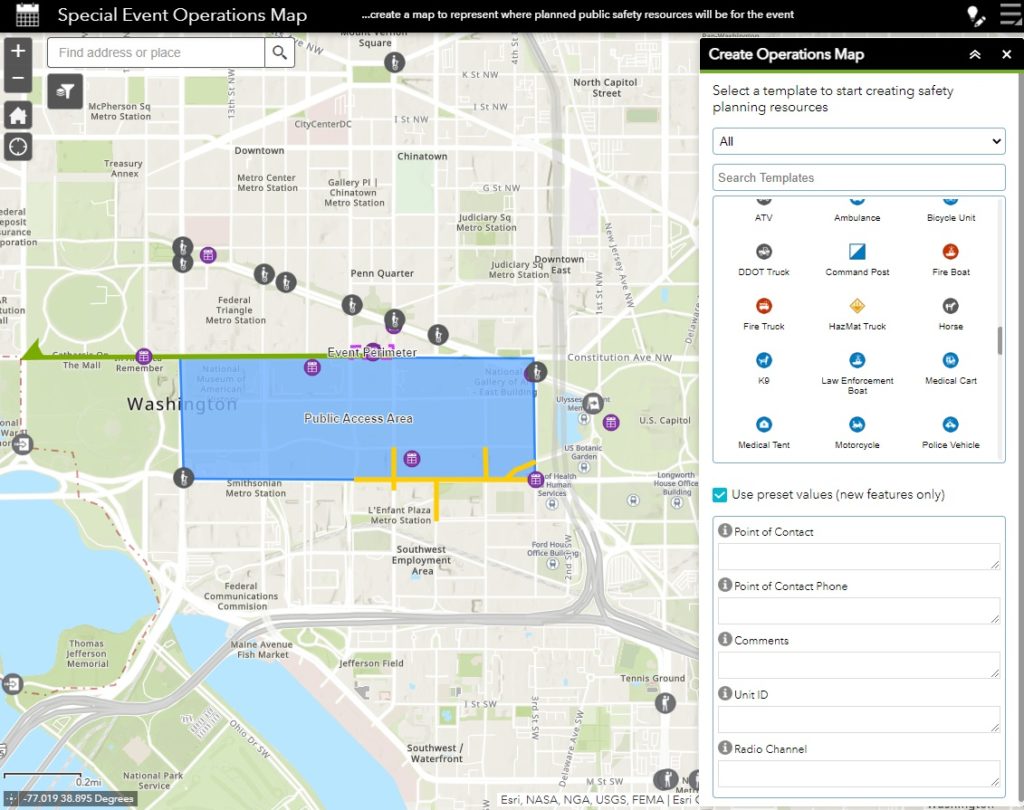
During an event, assignments can be created and assigned from the Special Event Command Center. Assignment deployment, tracking, and in-the-field responses are managed using ArcGIS Workforce behind the scenes.
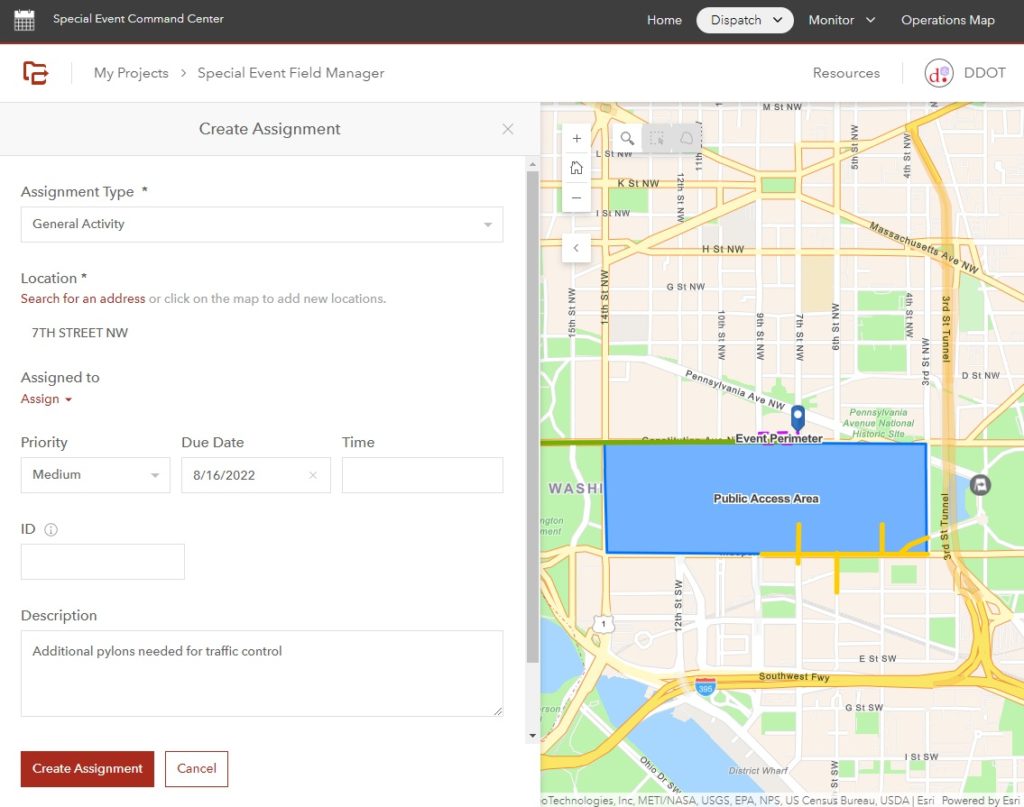
ArcGIS Notebooks are used to copy site plans and operations maps from previous events. This saves time, money, and the duplication of effort for annual or repeating events.
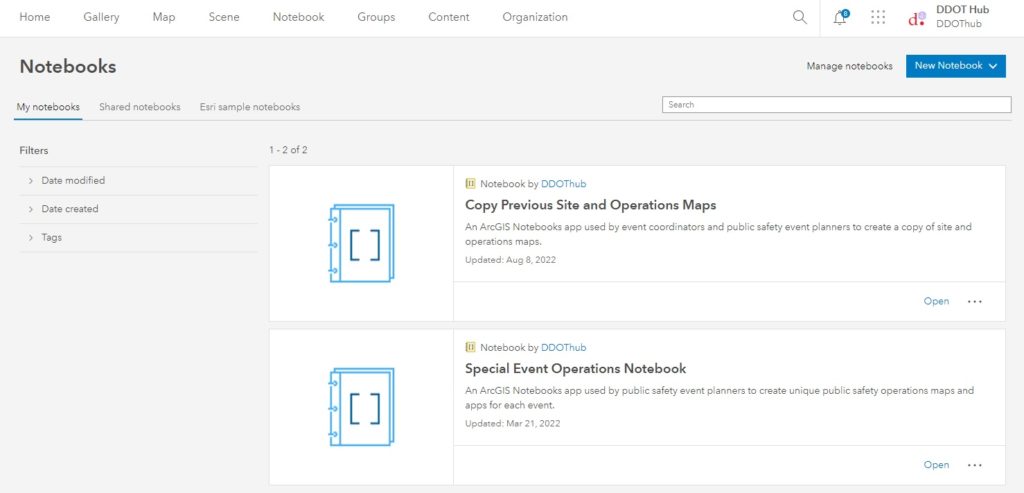
Talk to SymGEO today if your agency or organization is interested in managing special events using the power of Esri’s Special Event Operations solution – we are certified experts and here to help.
